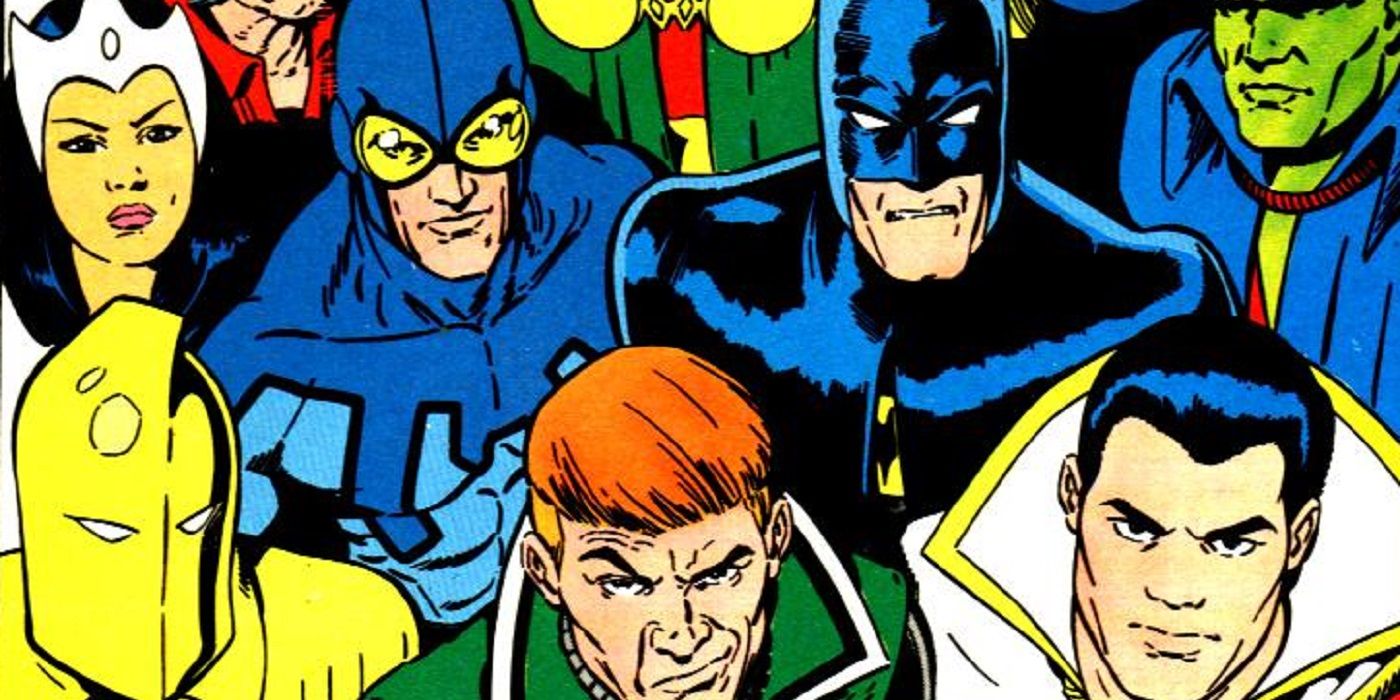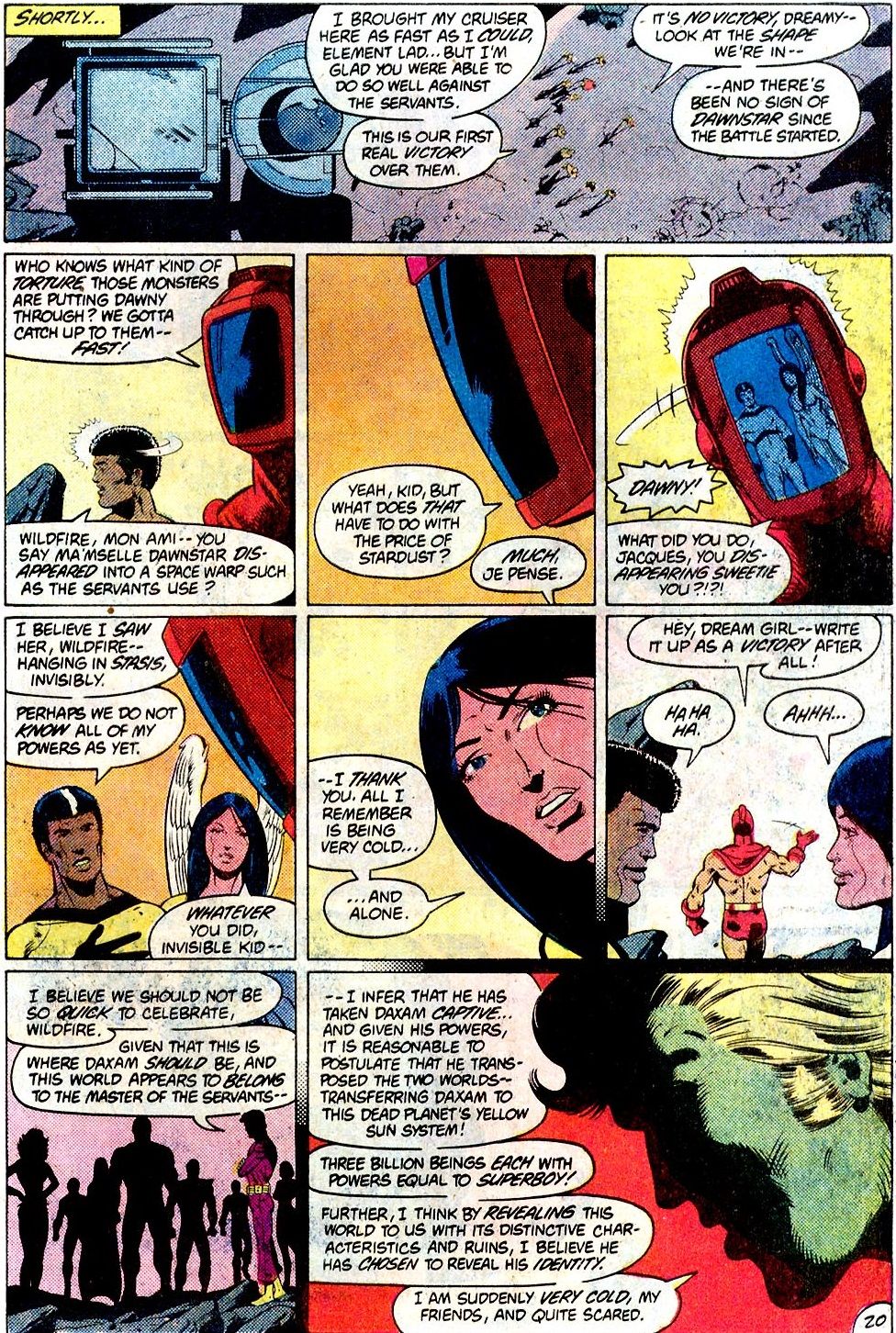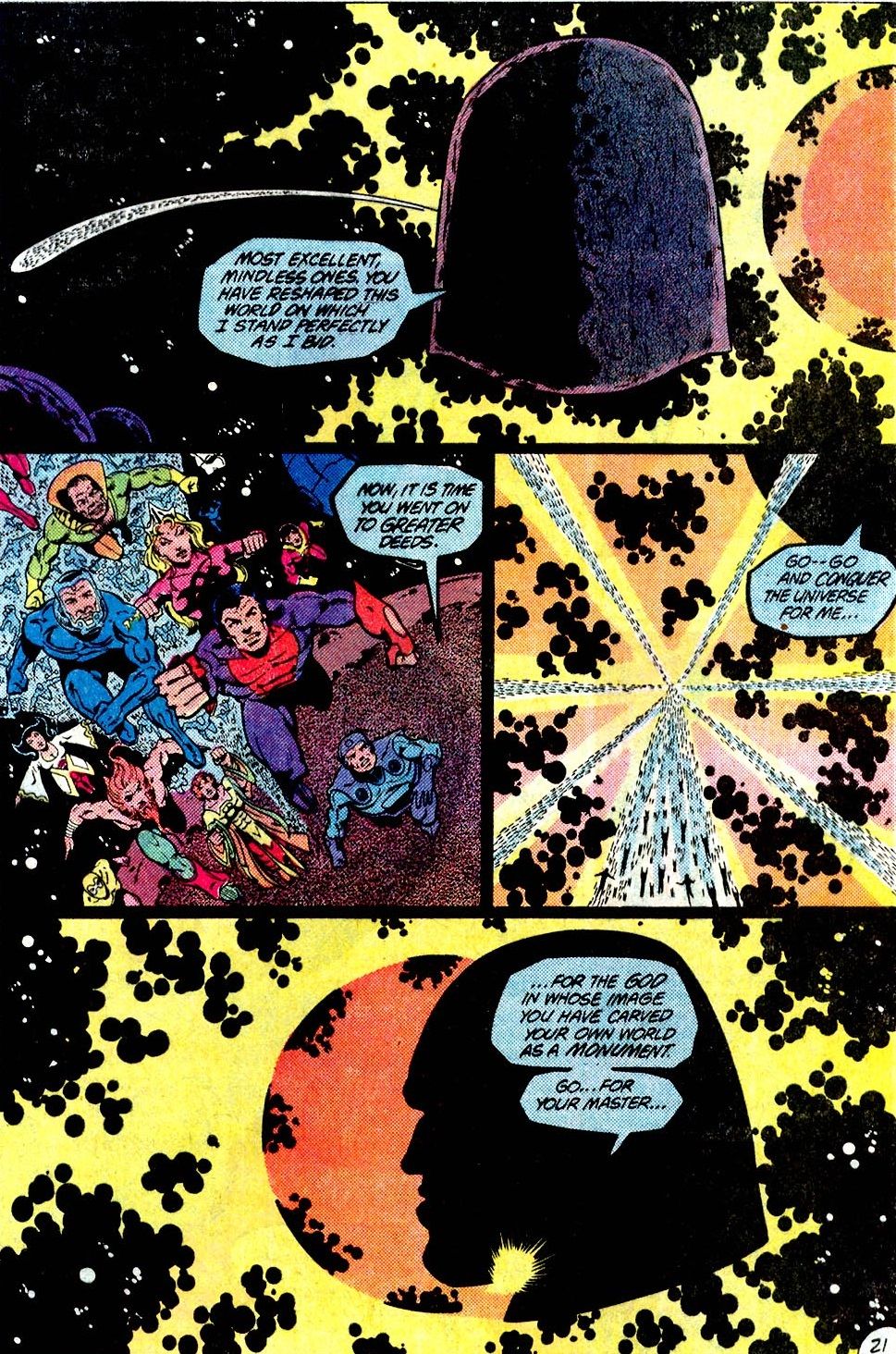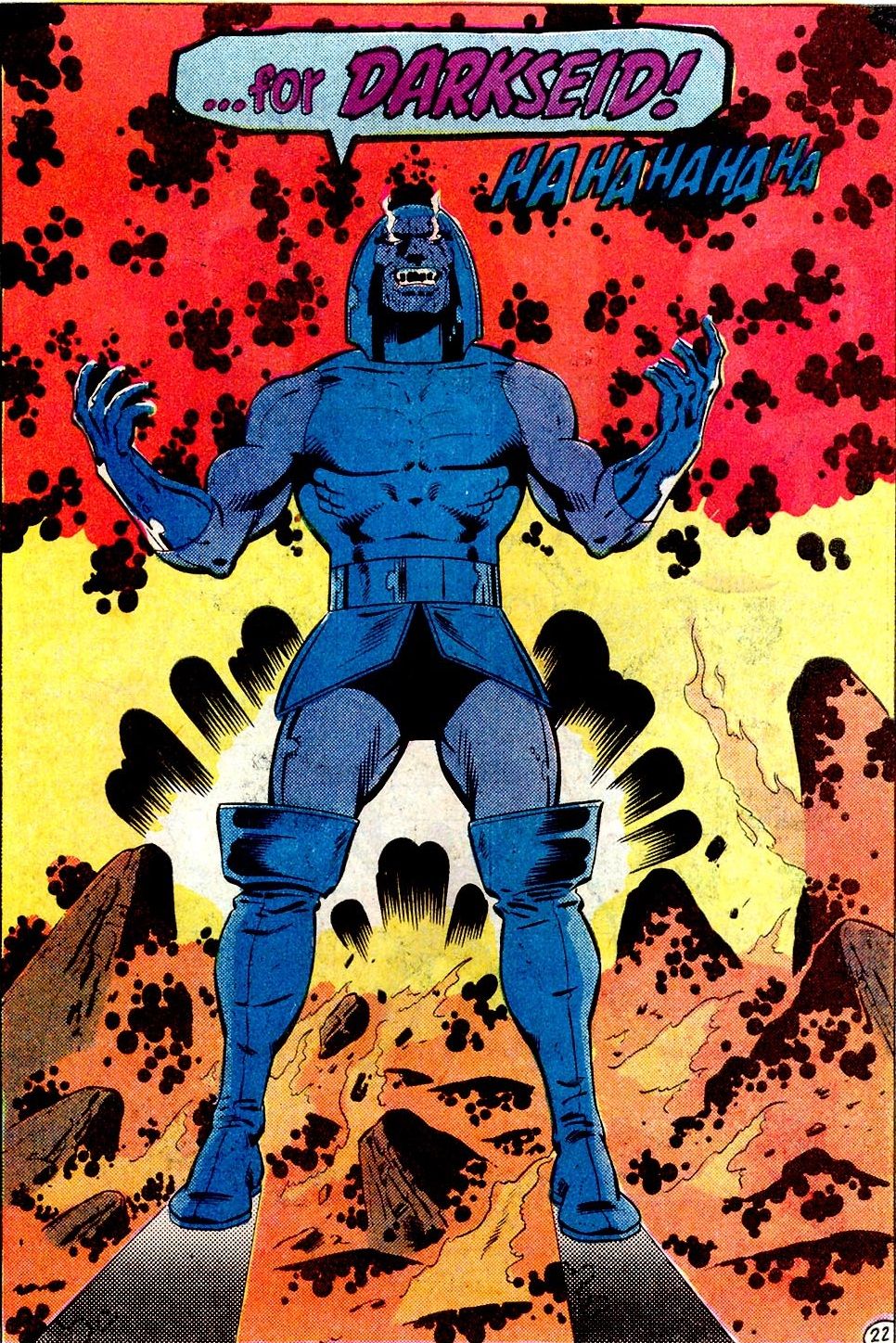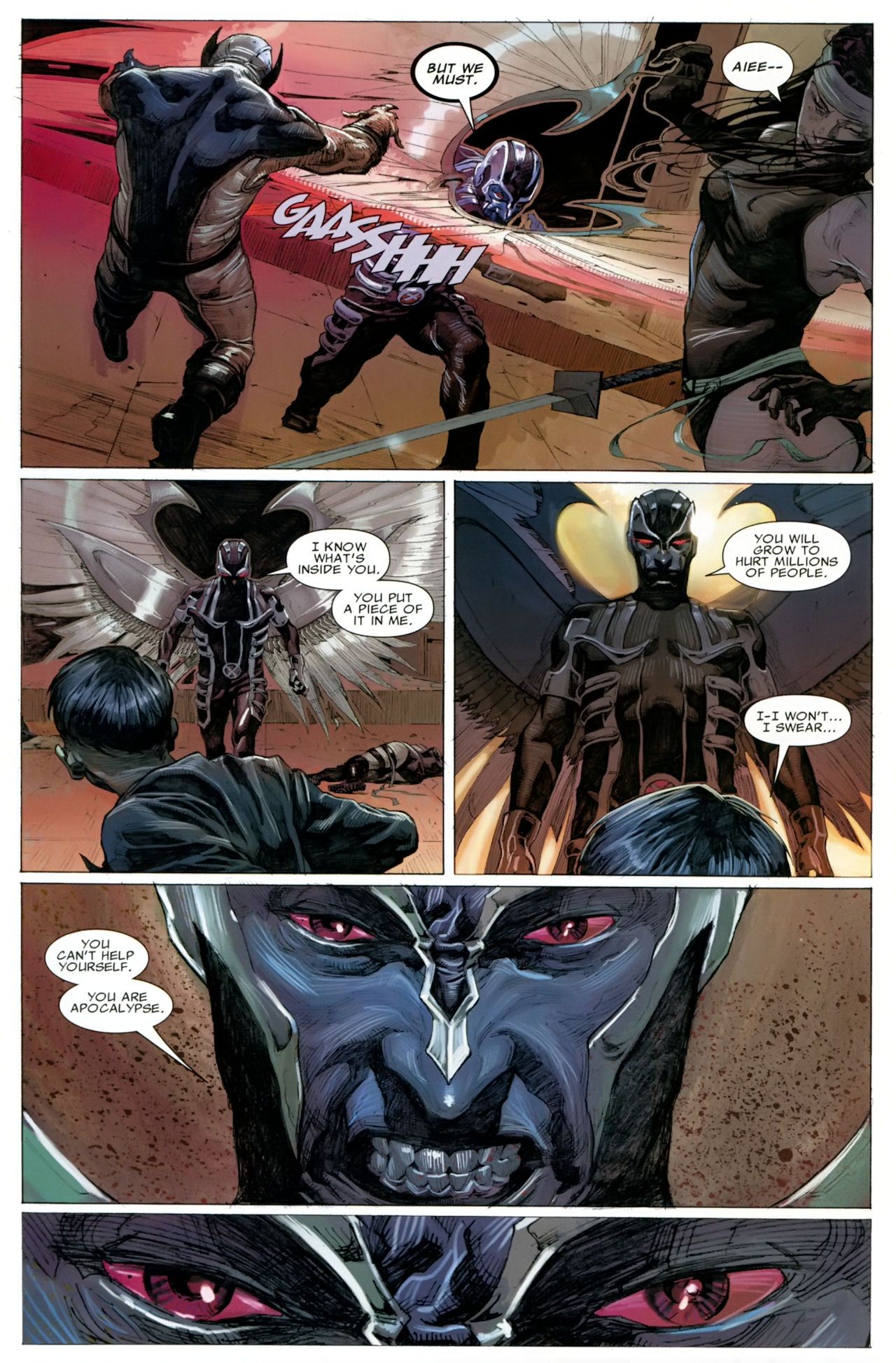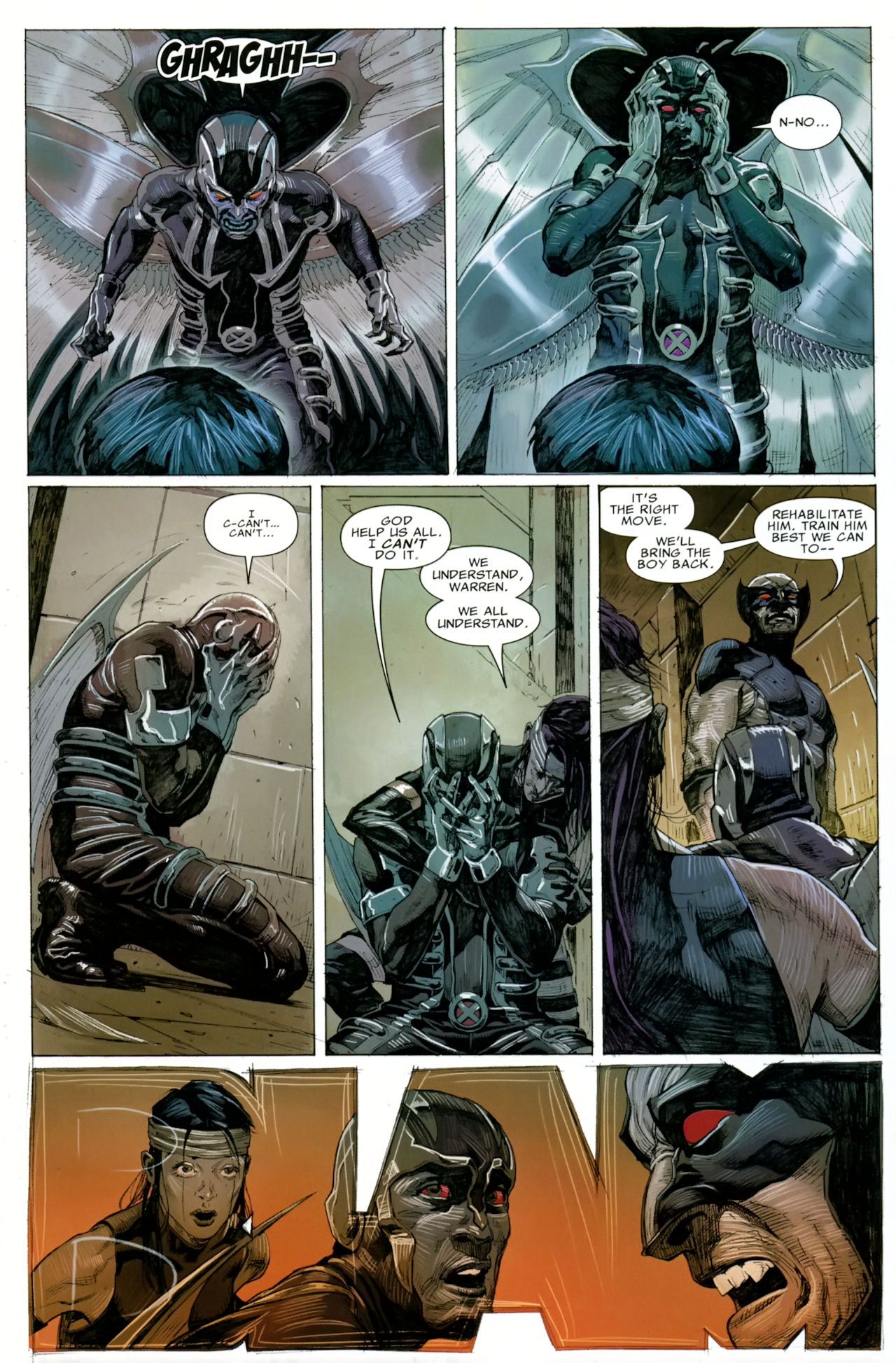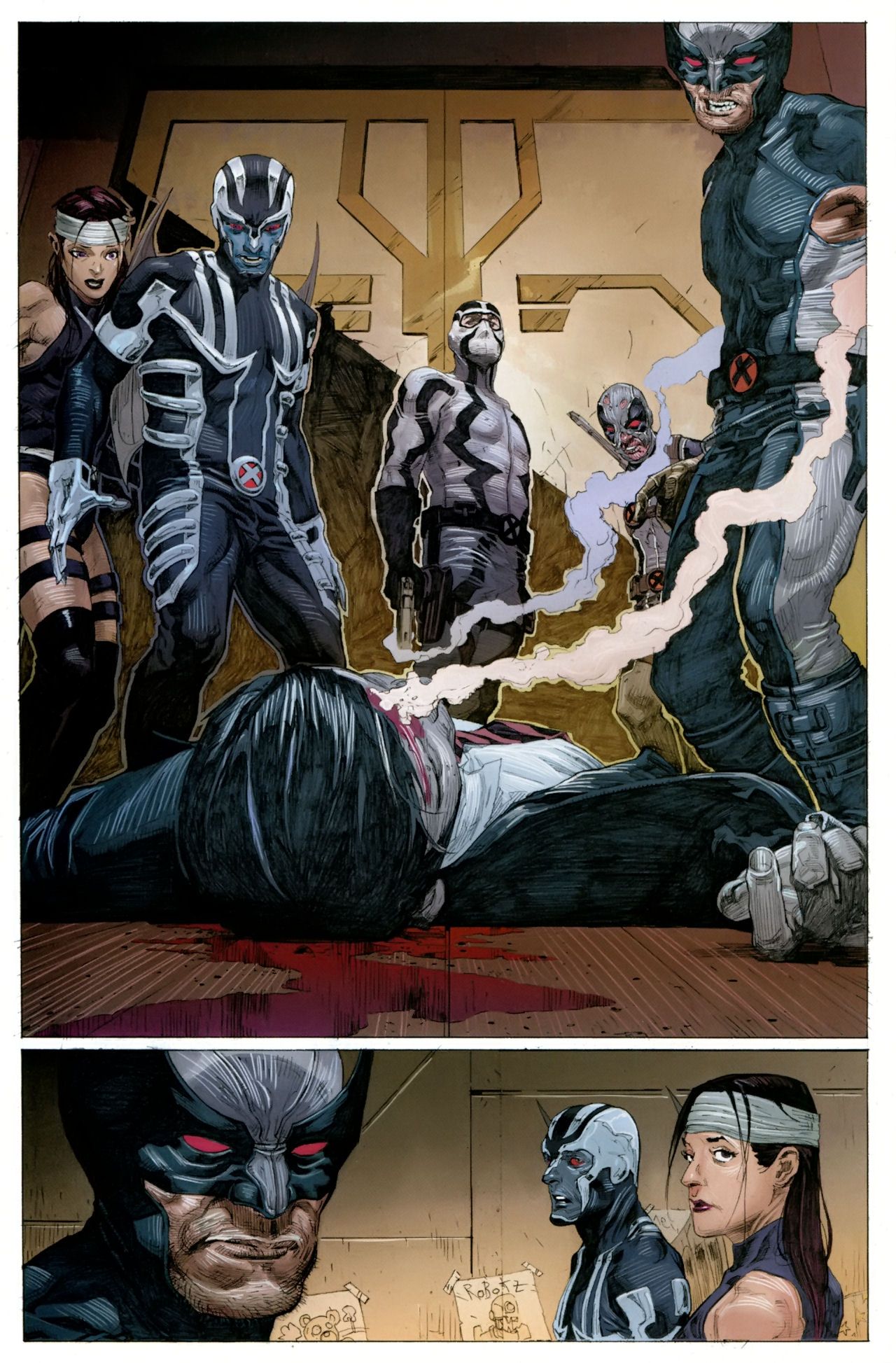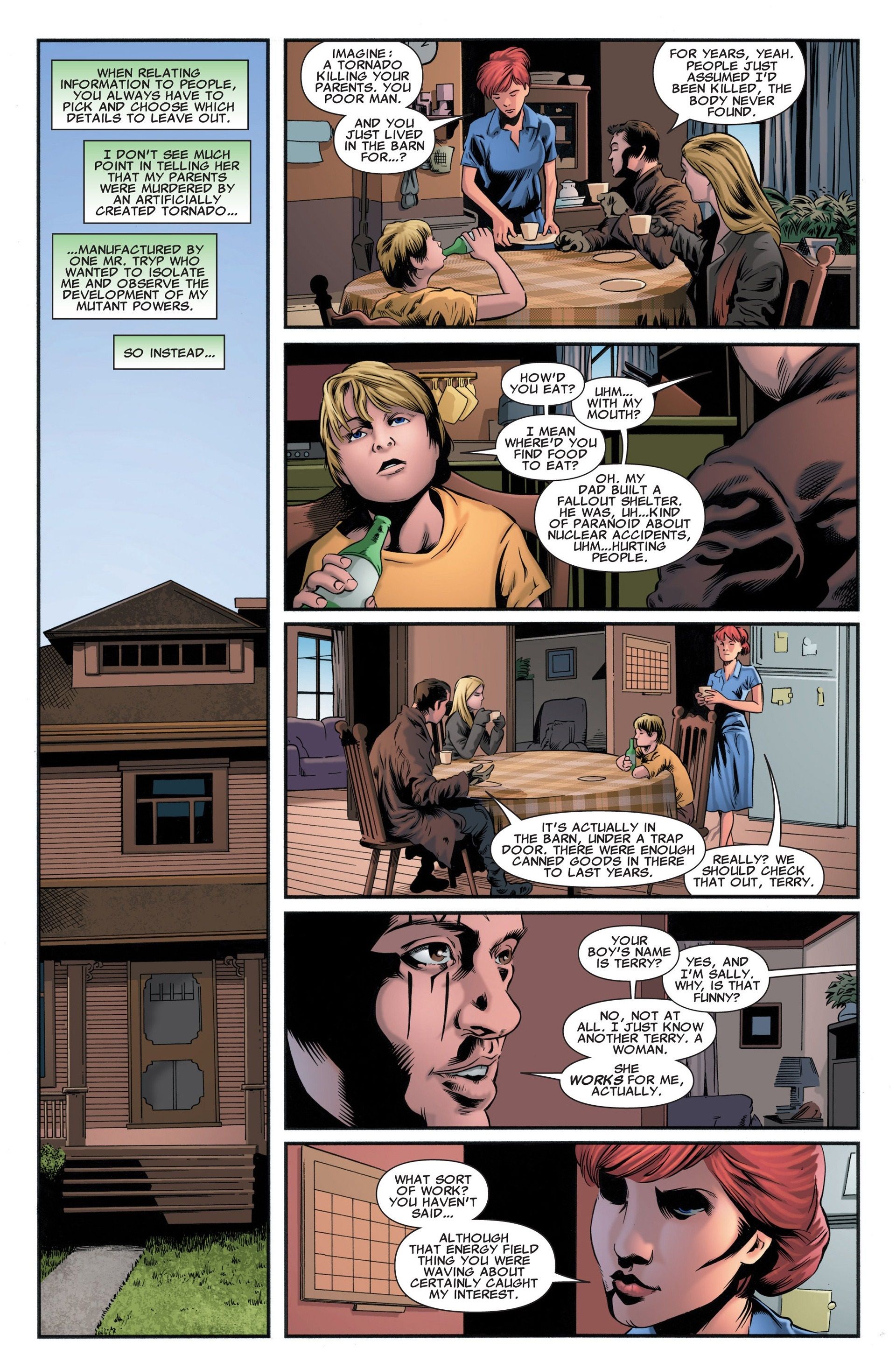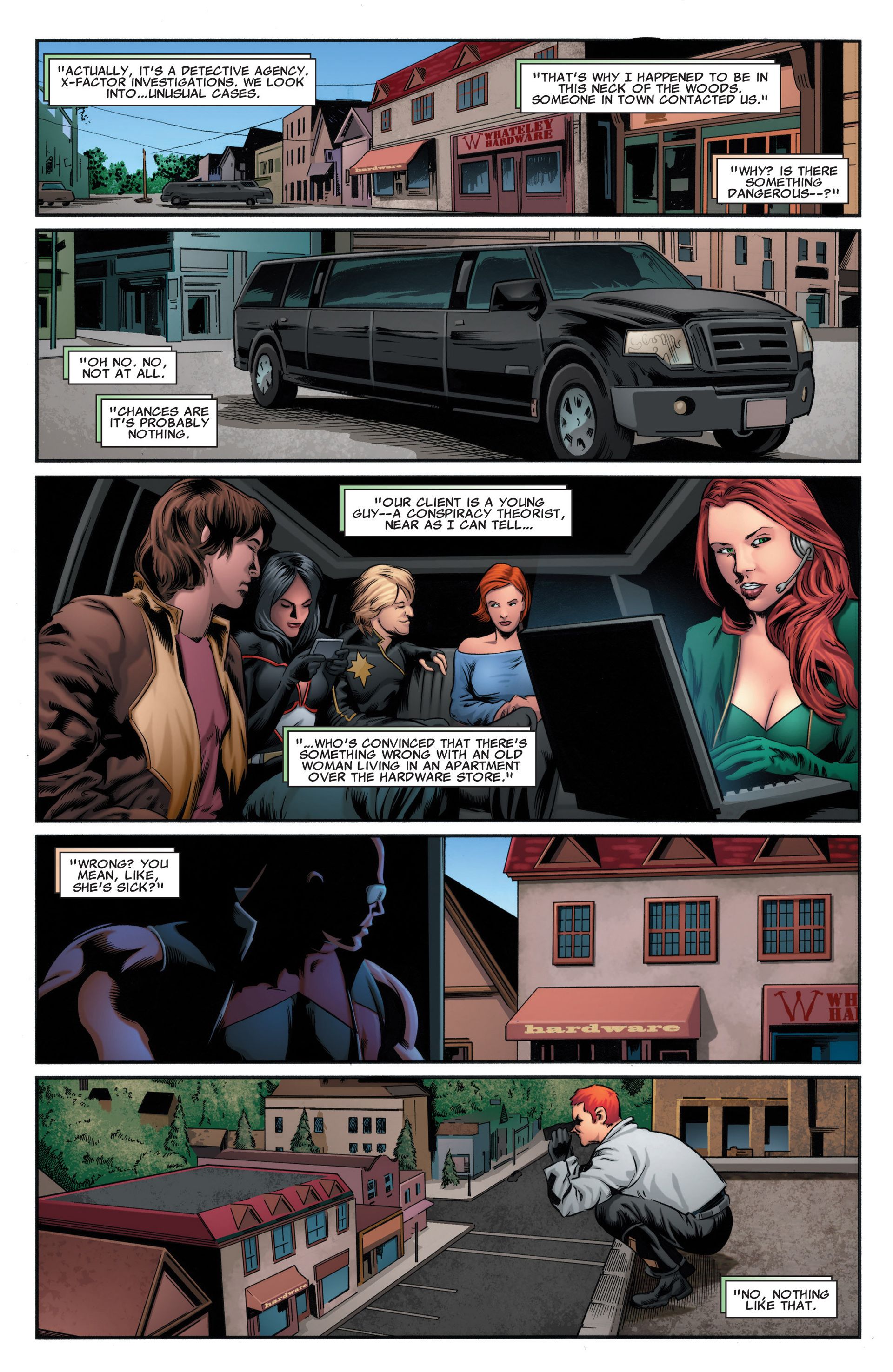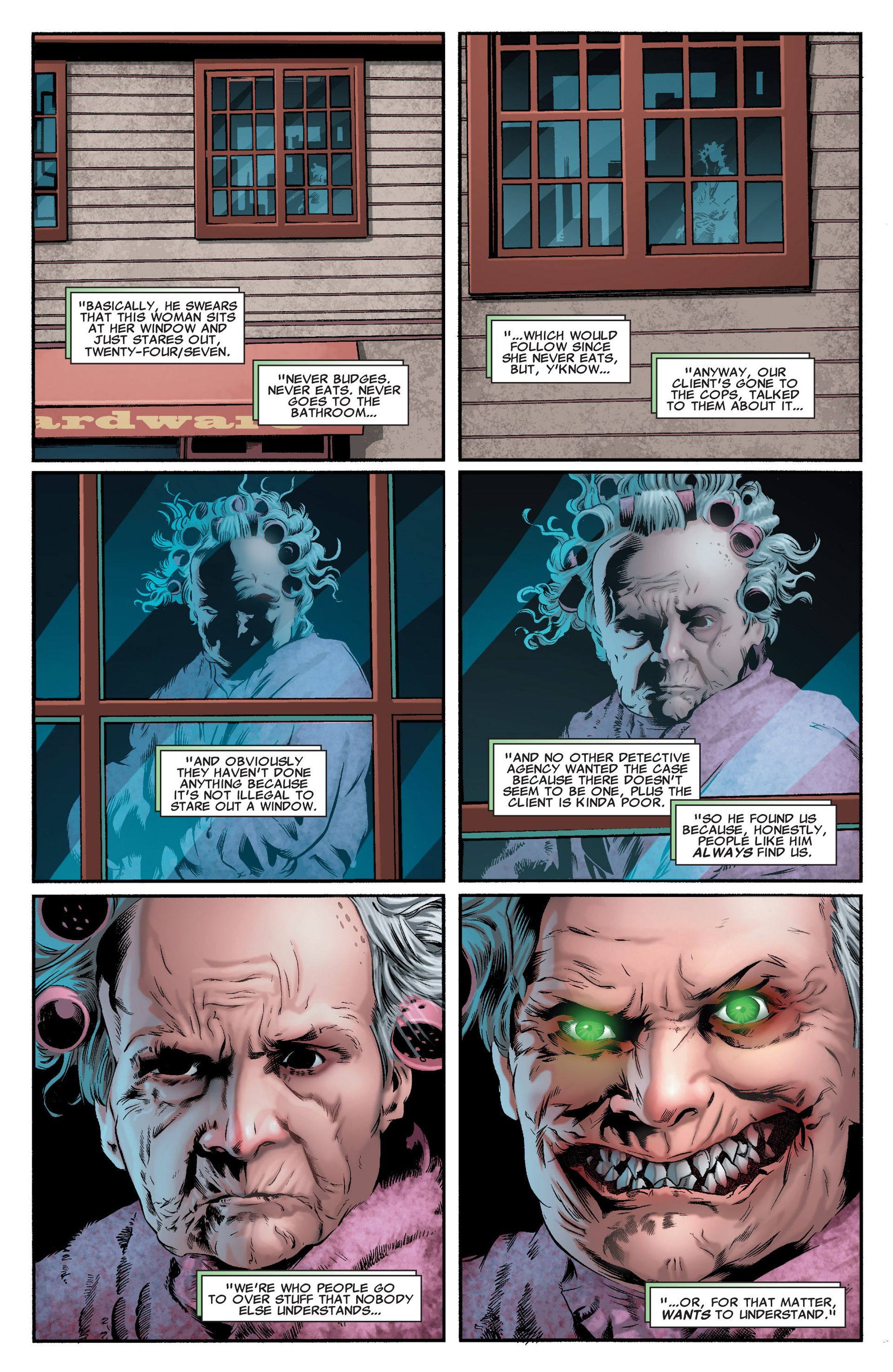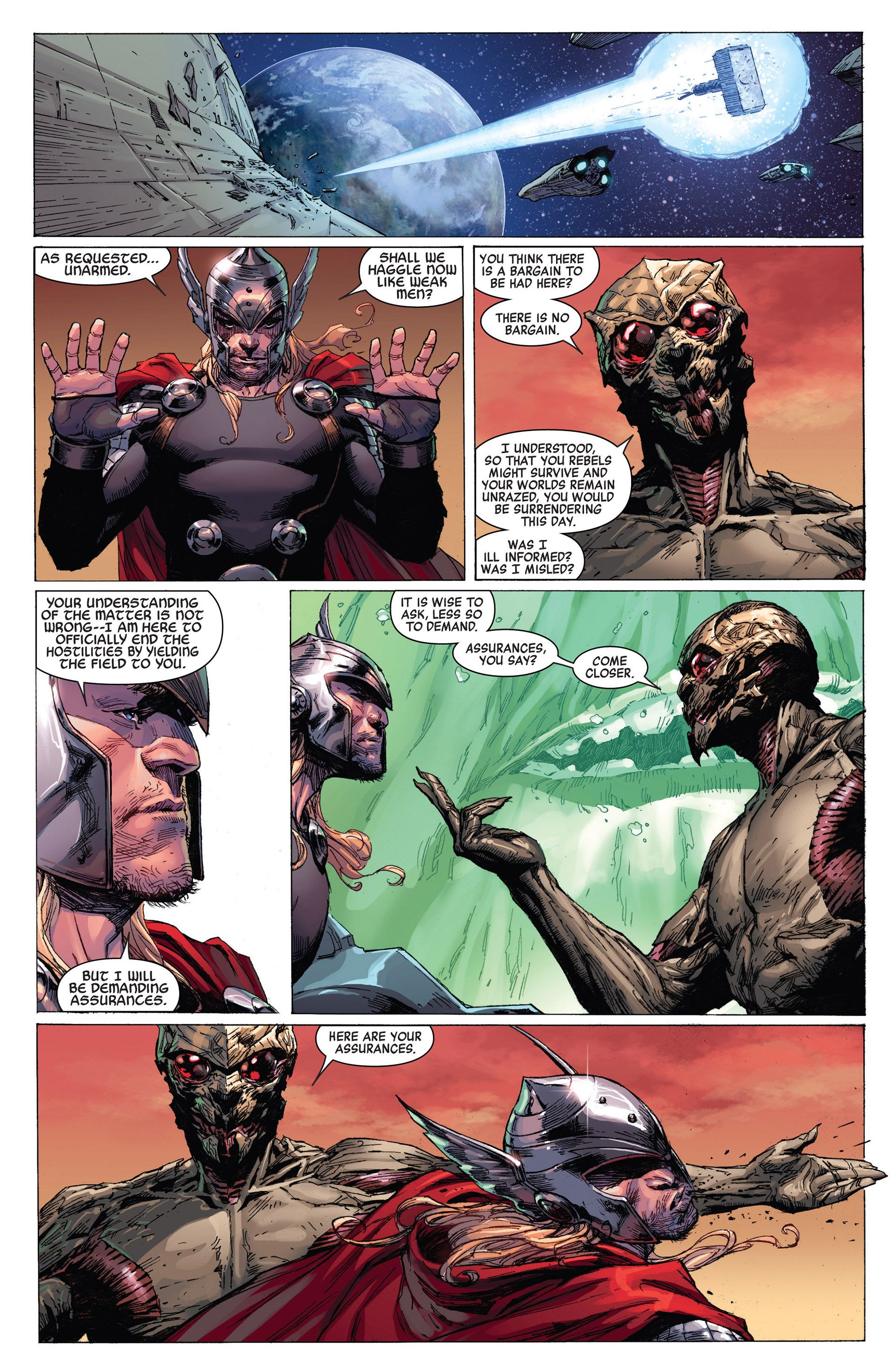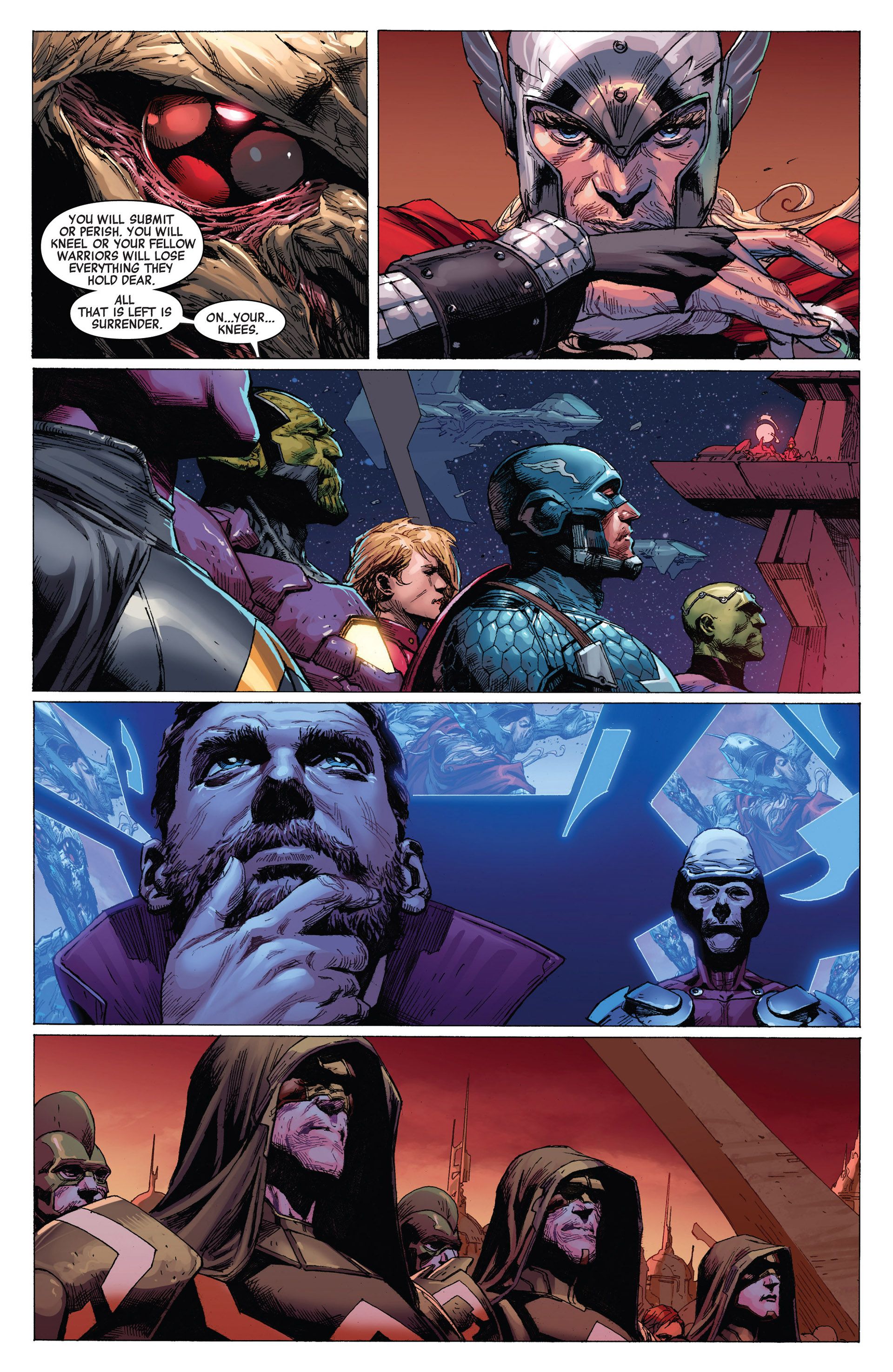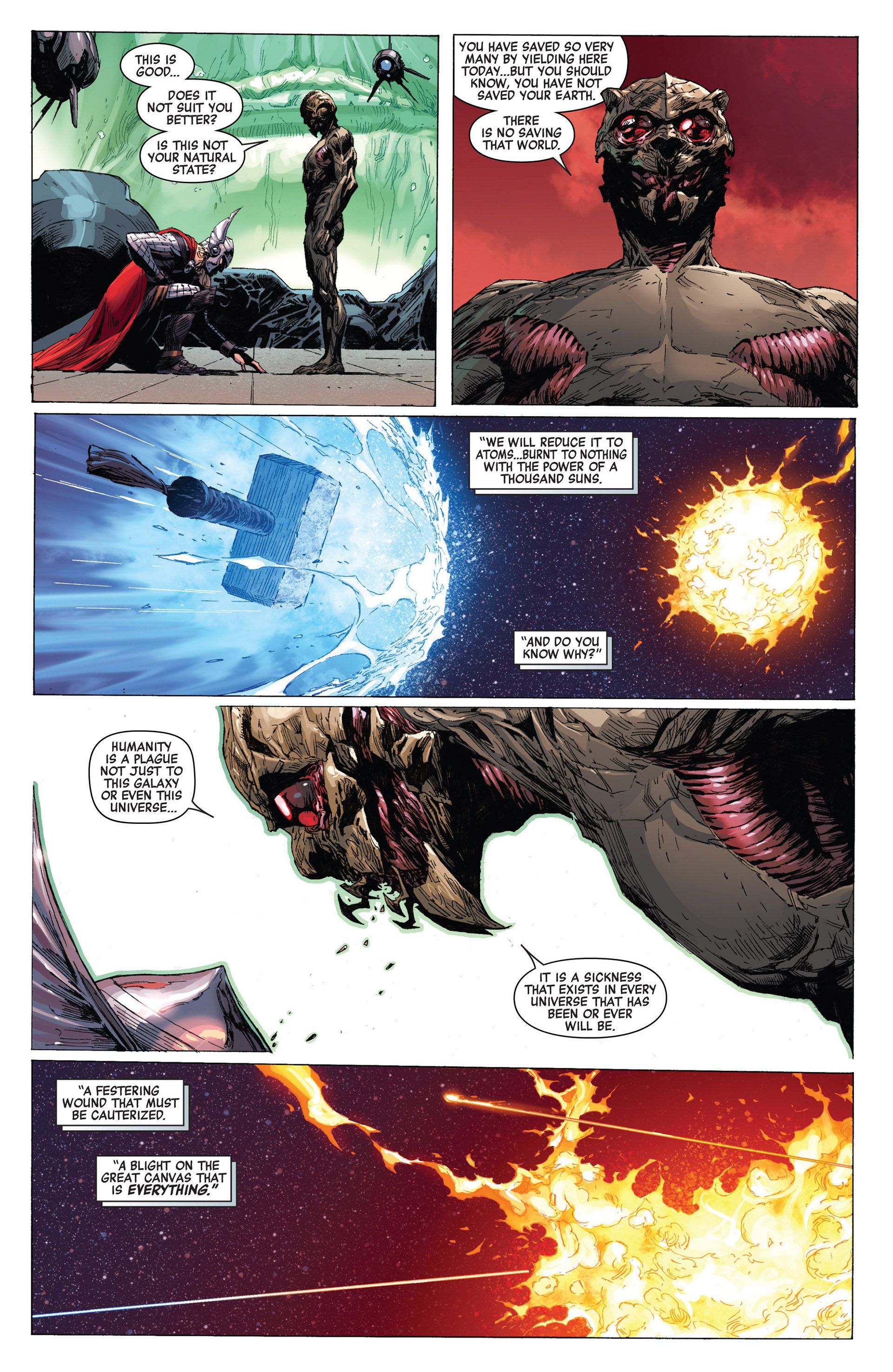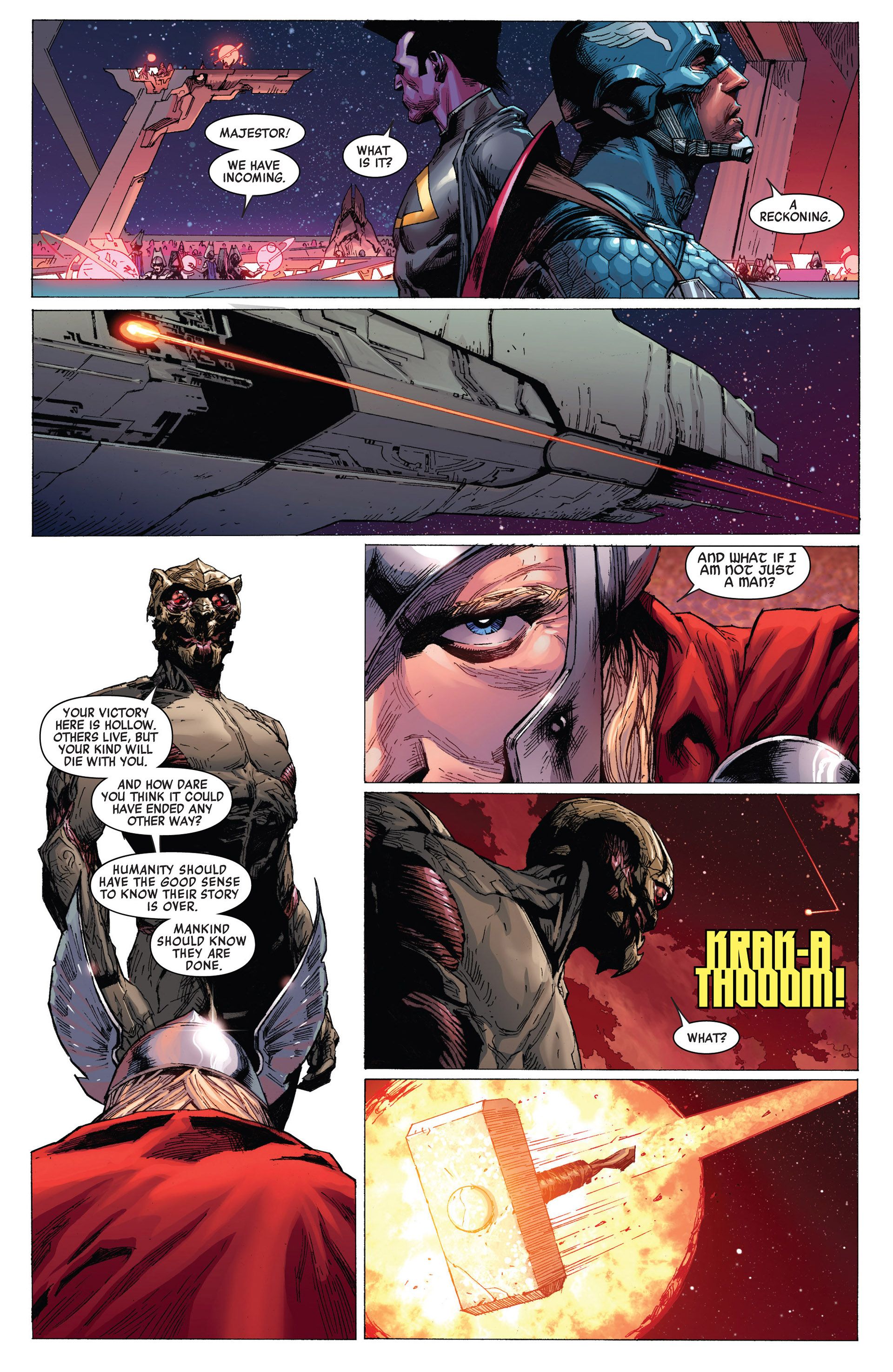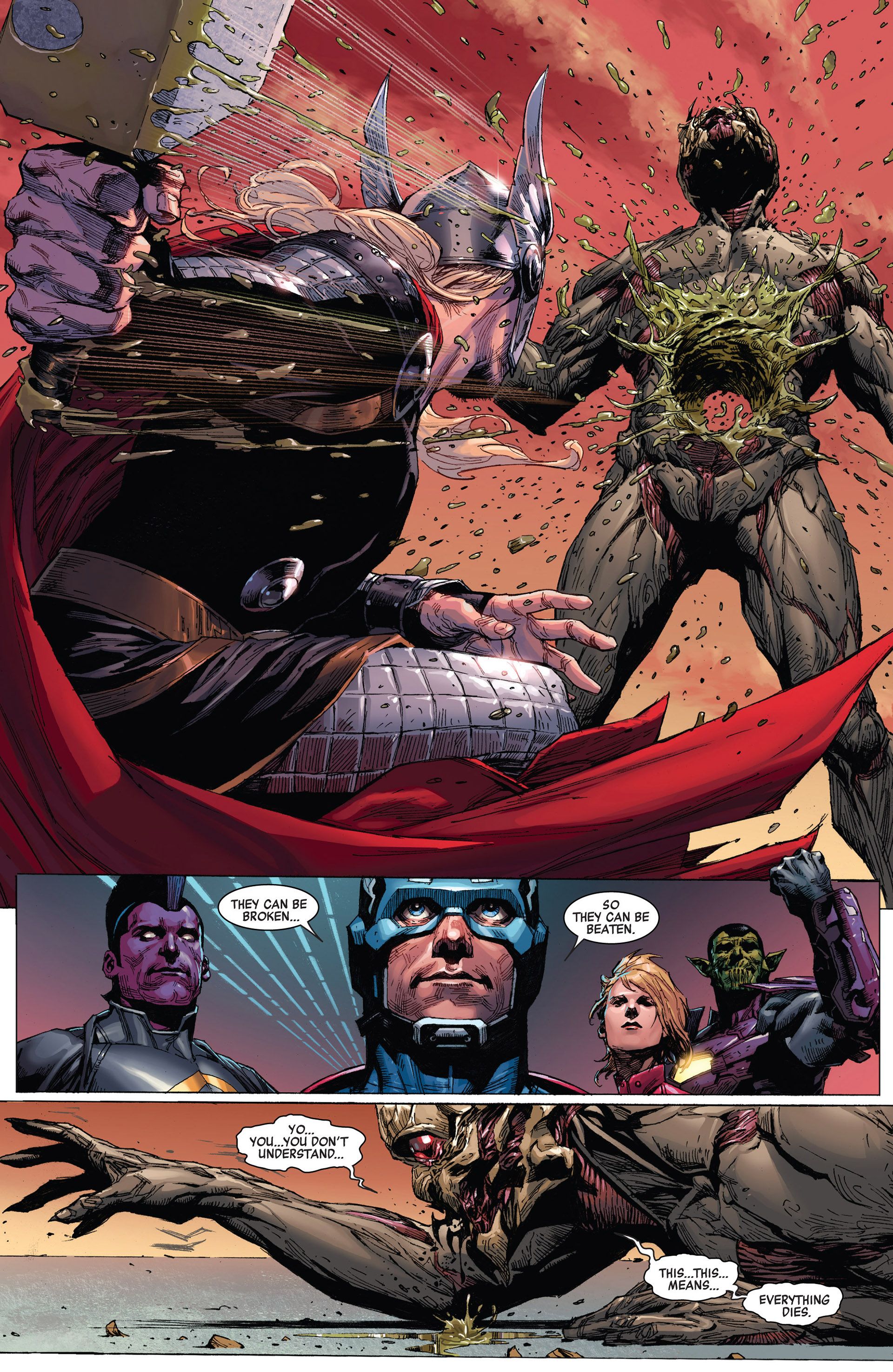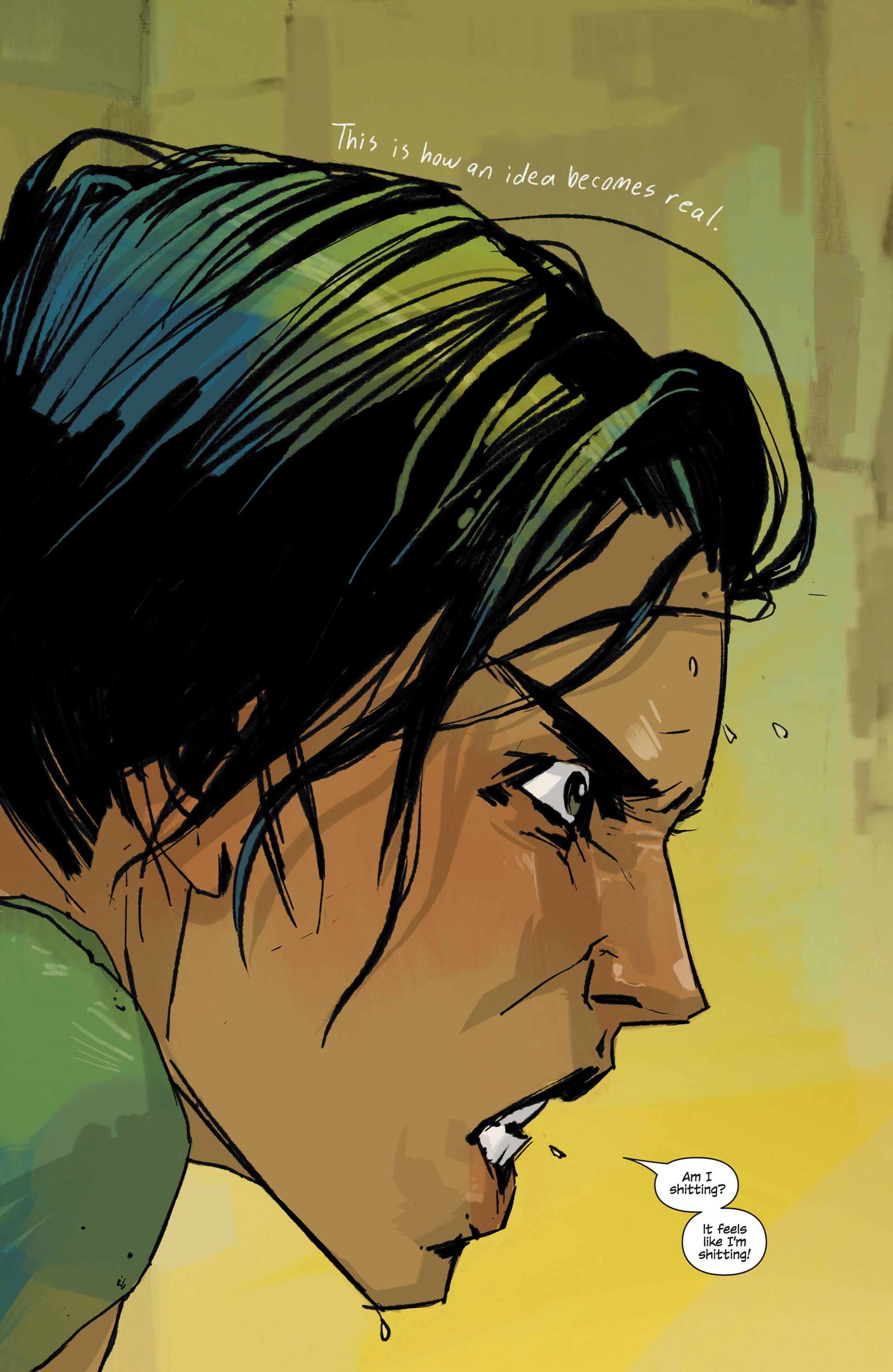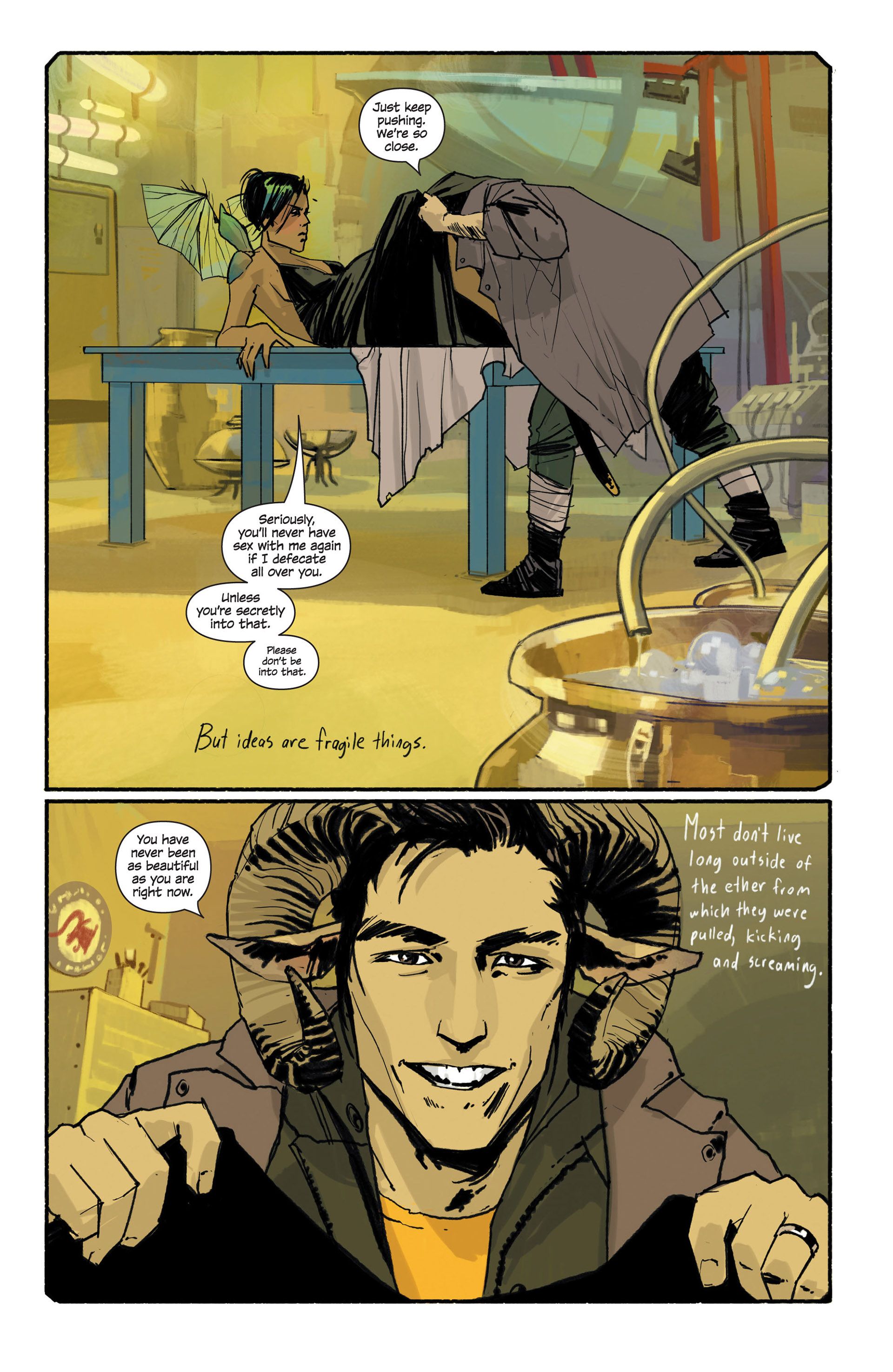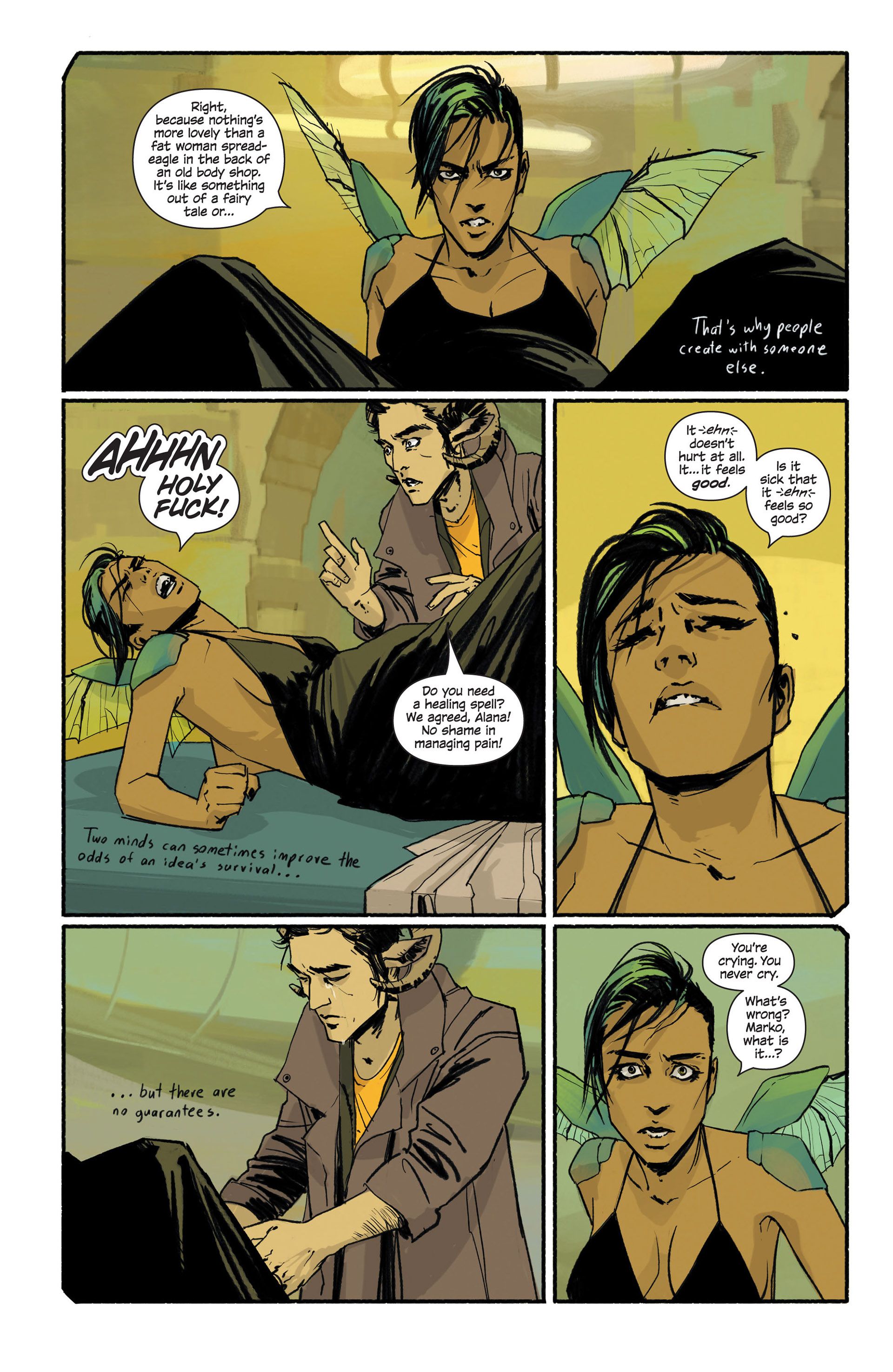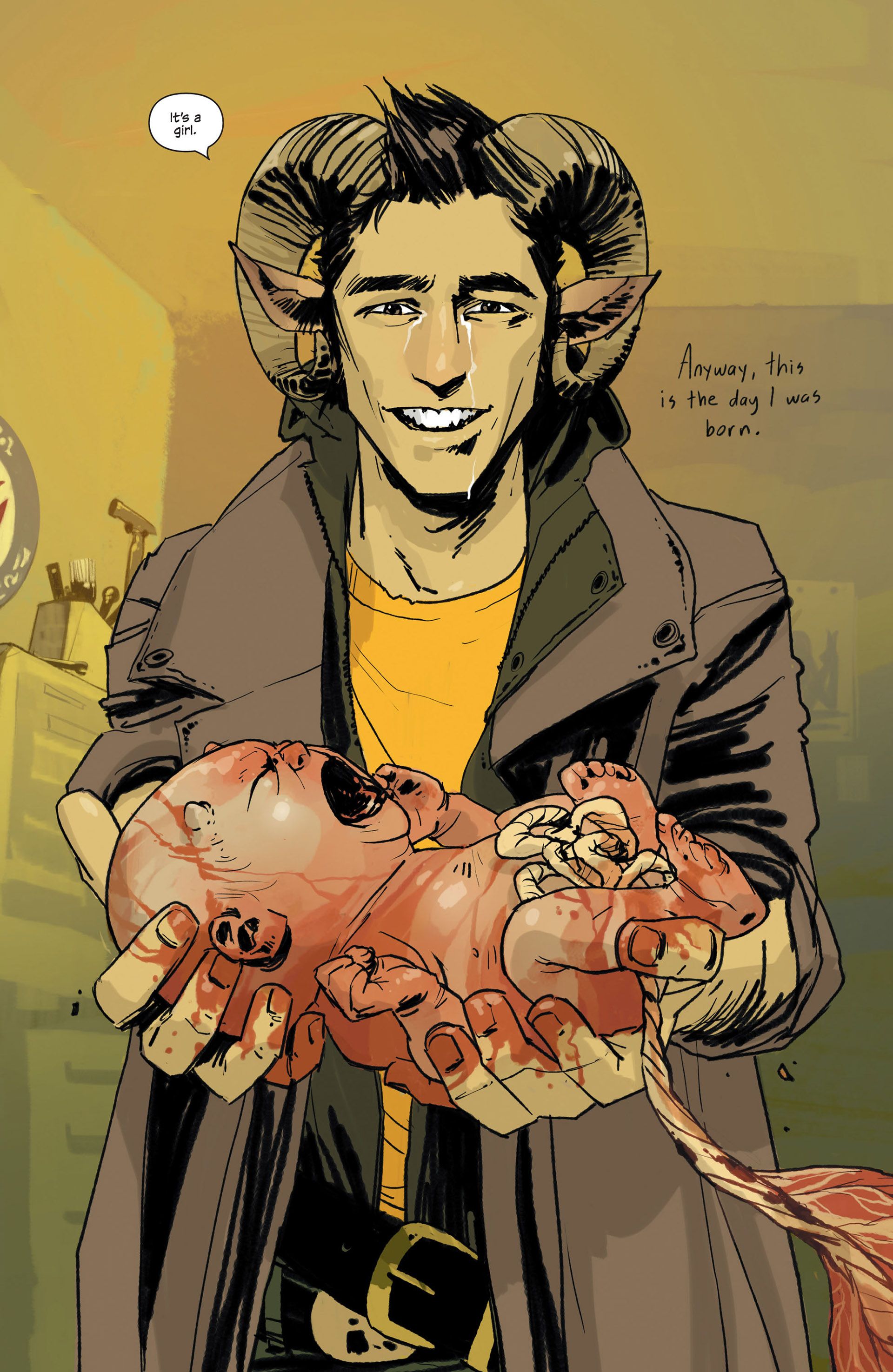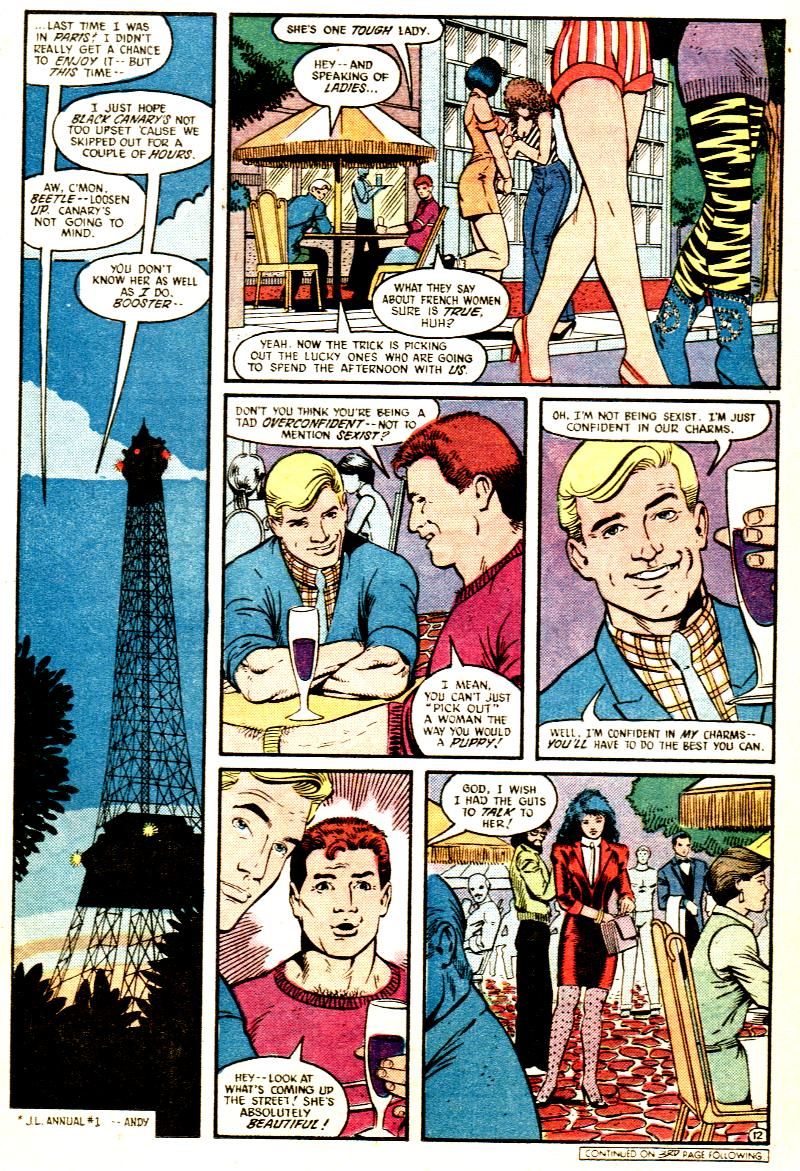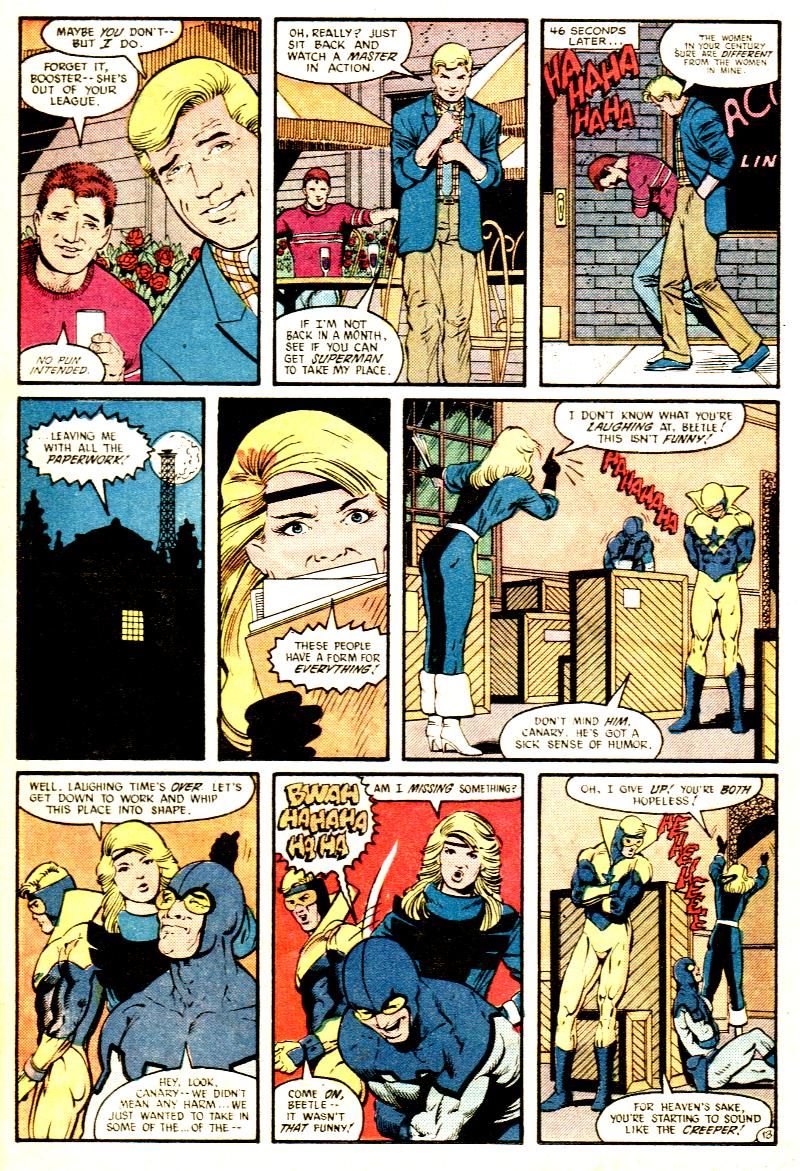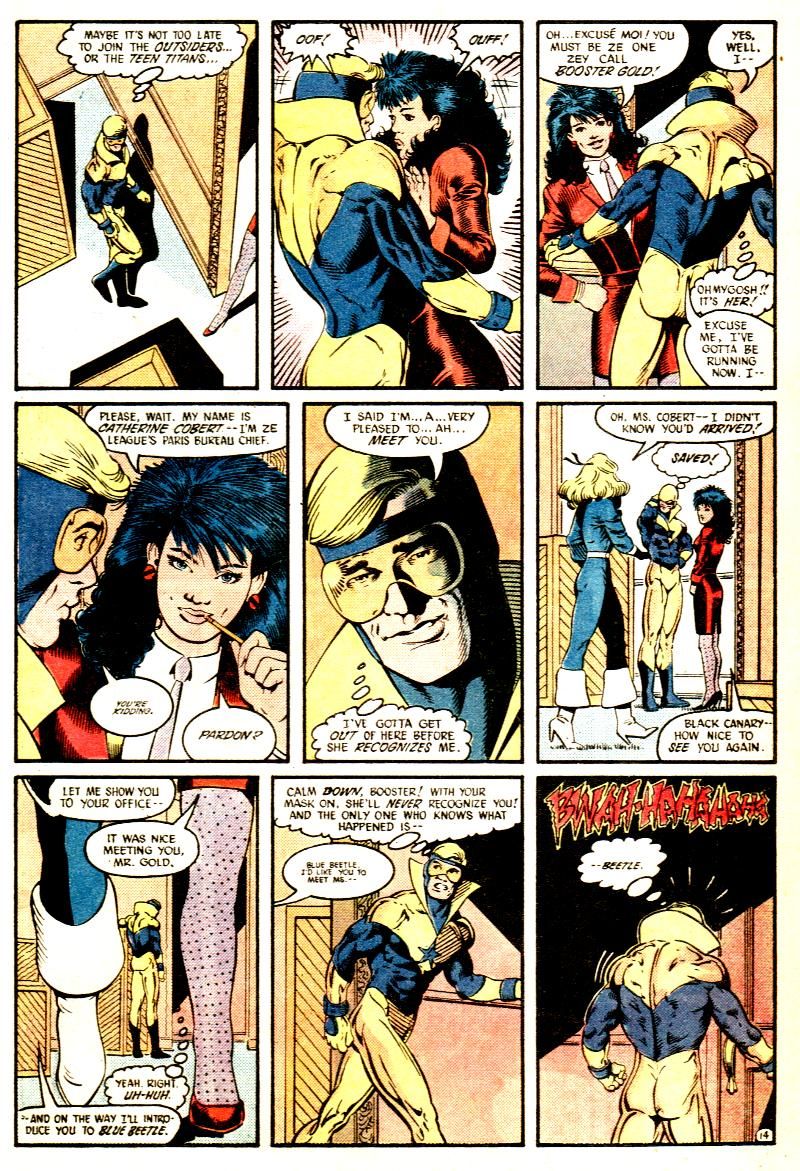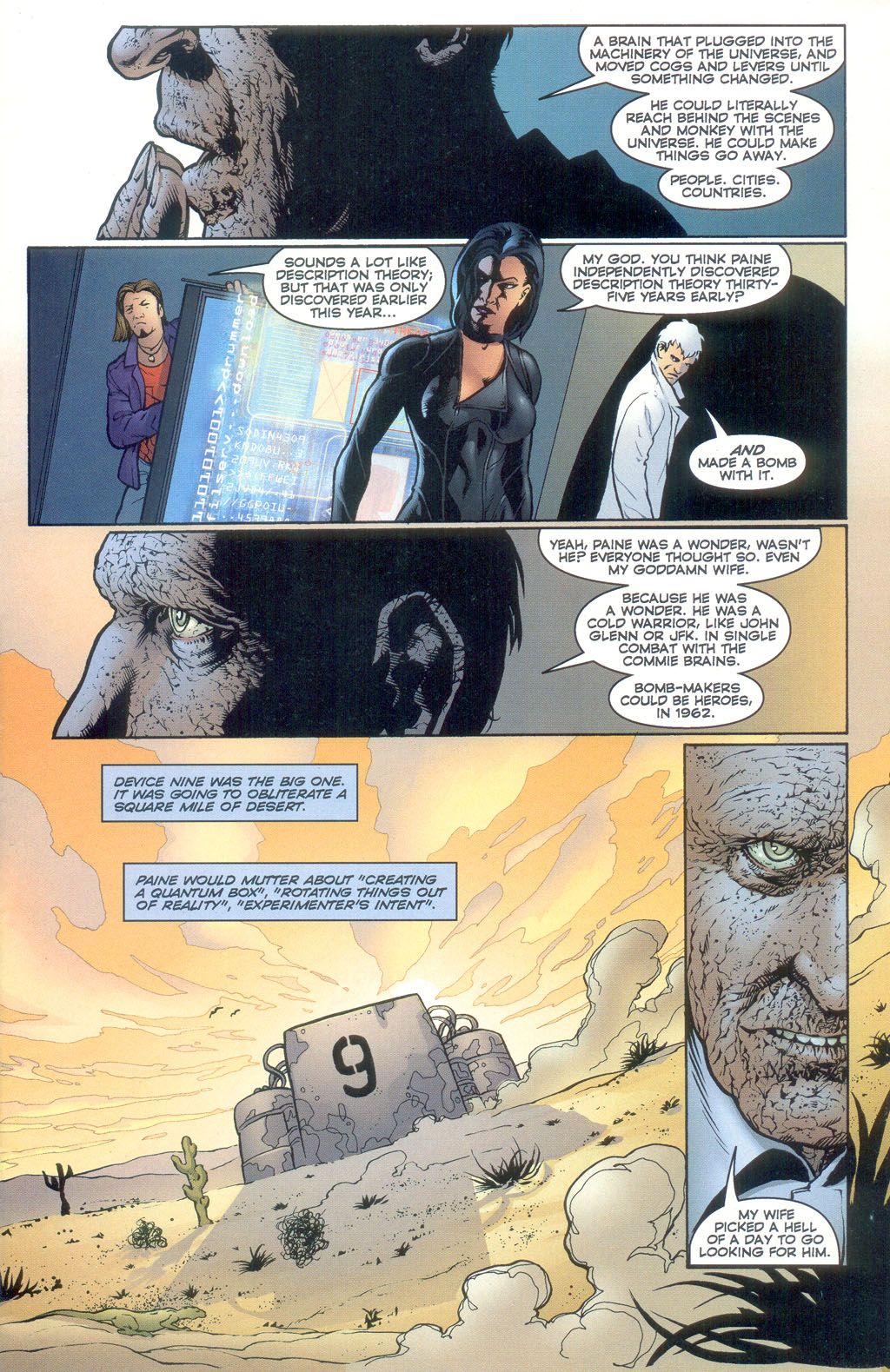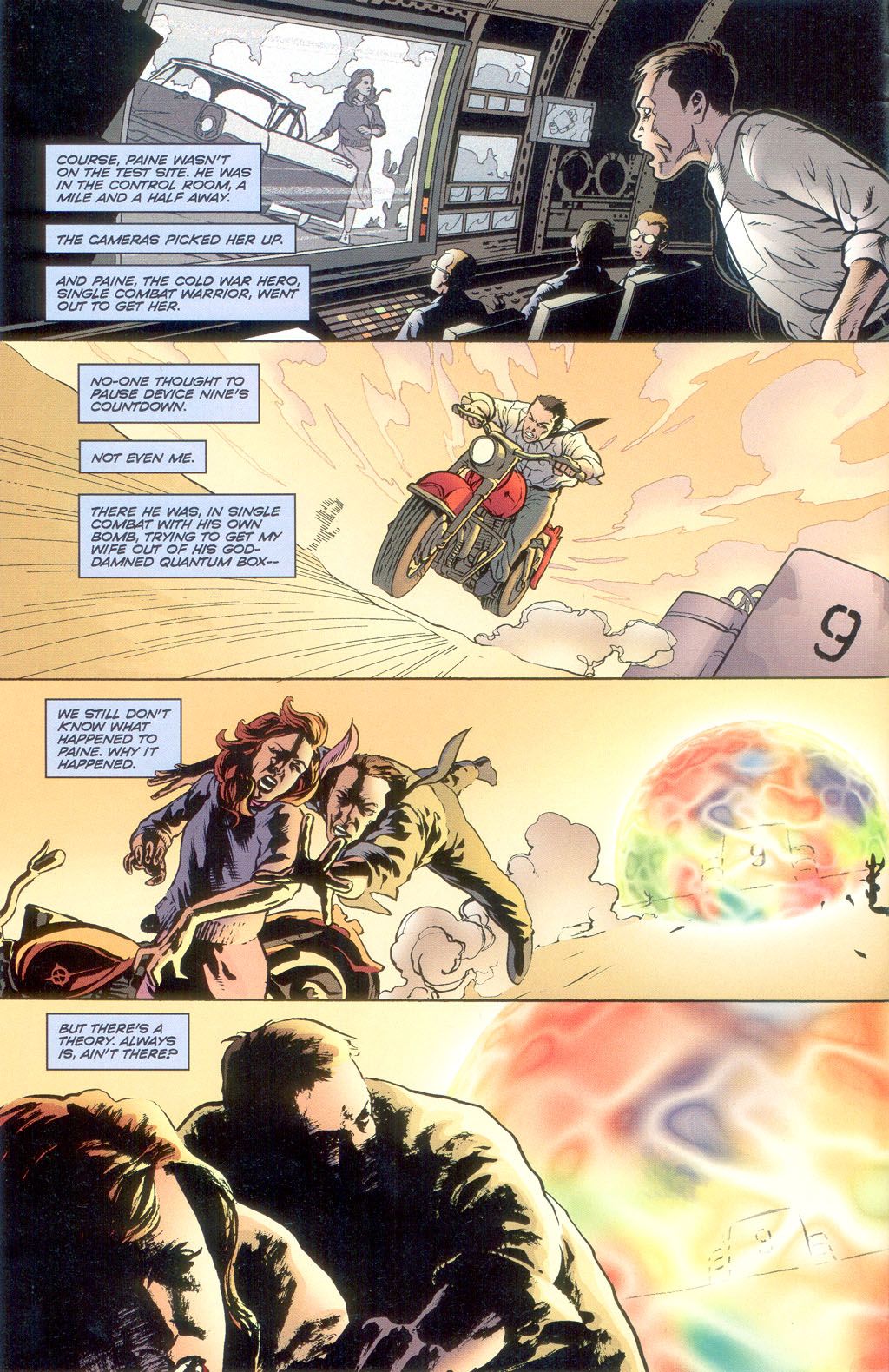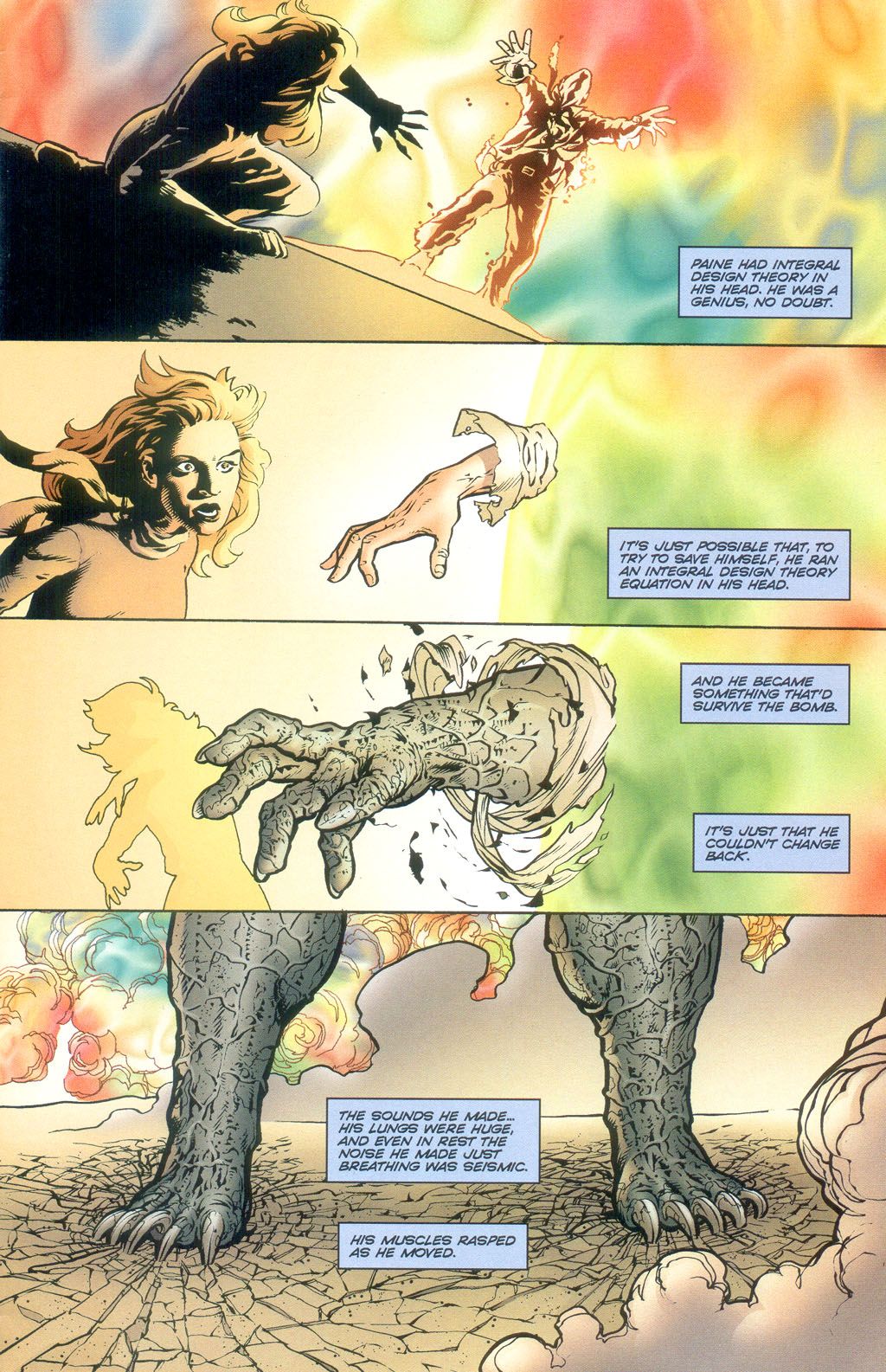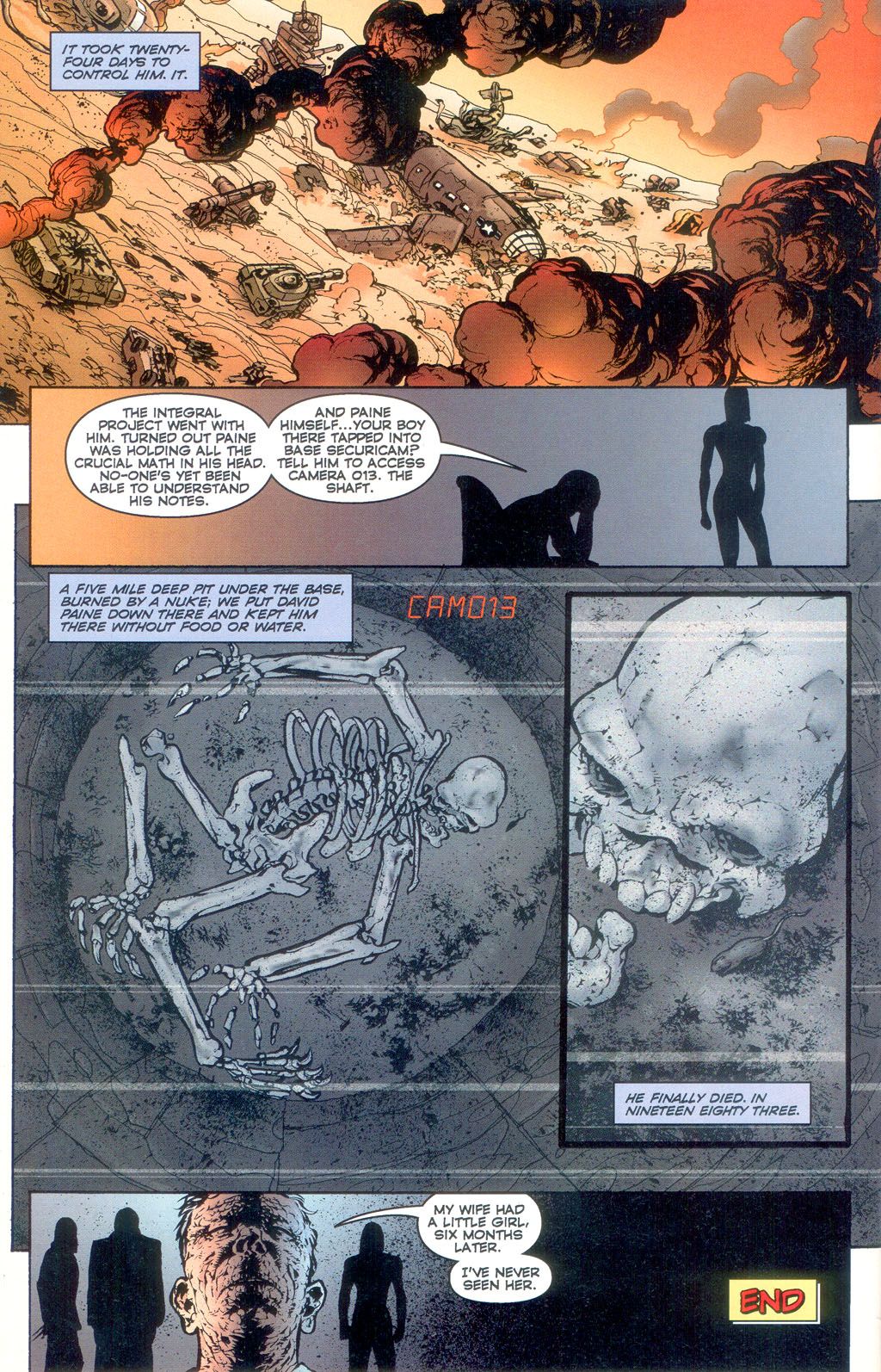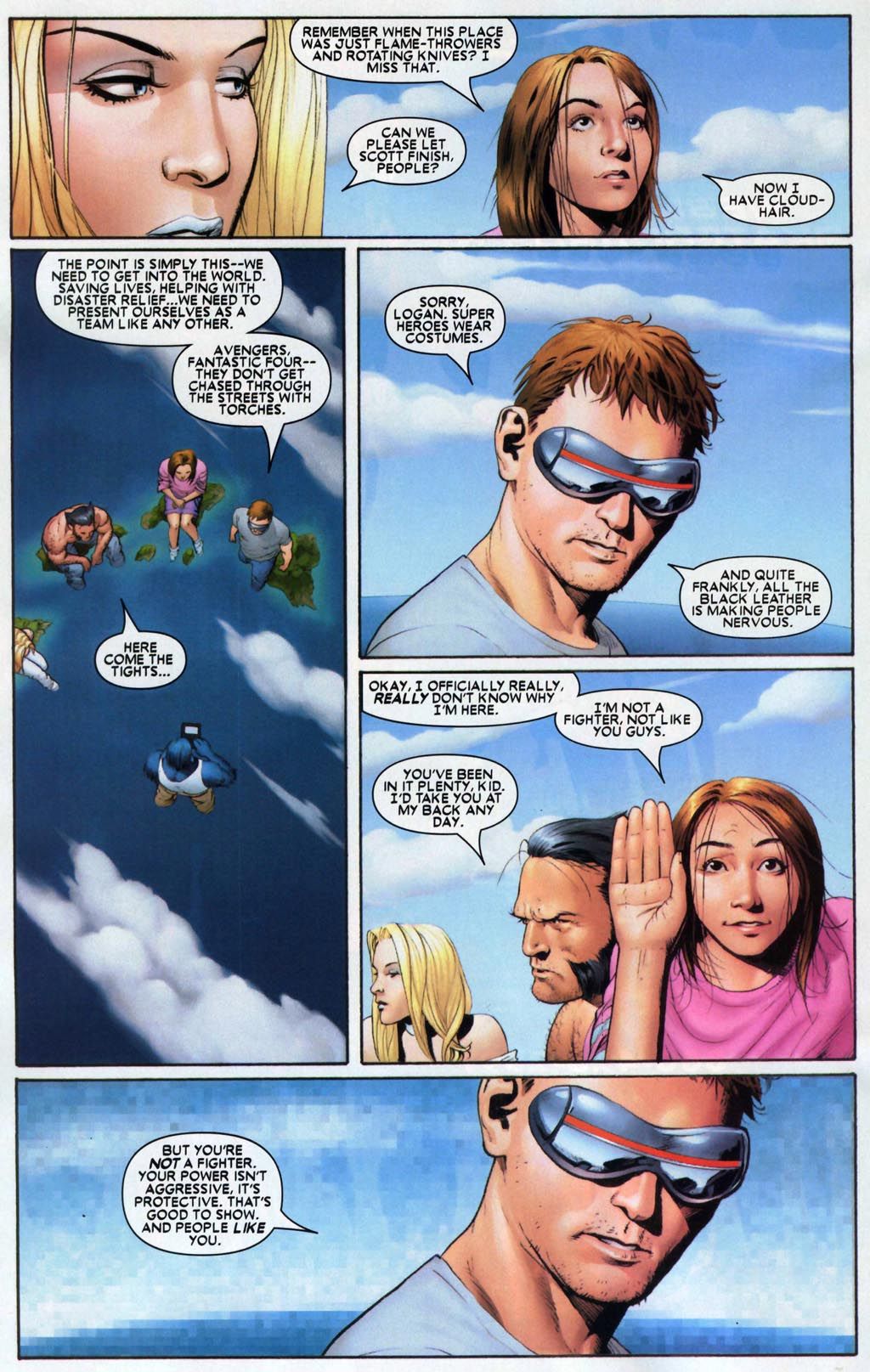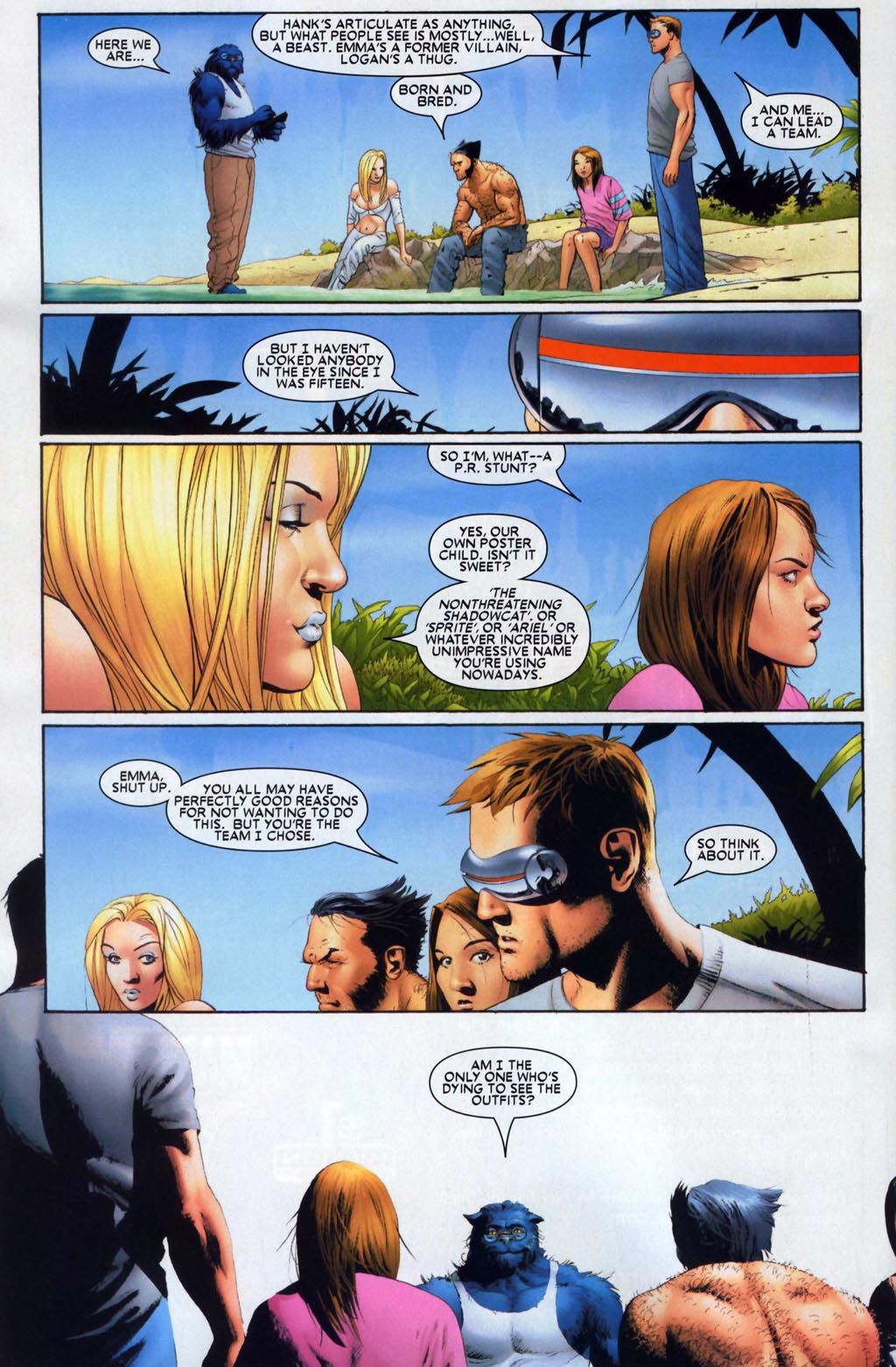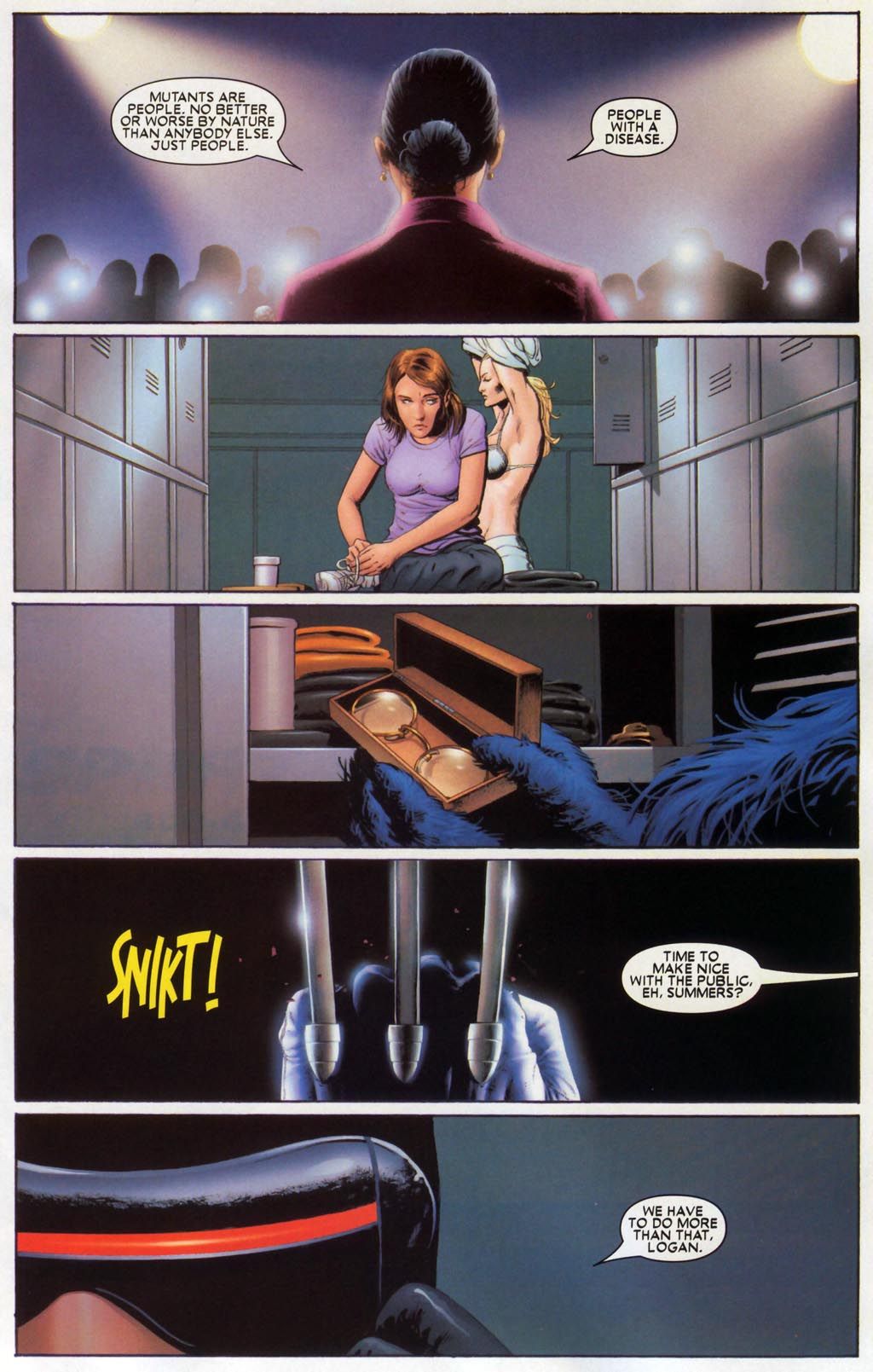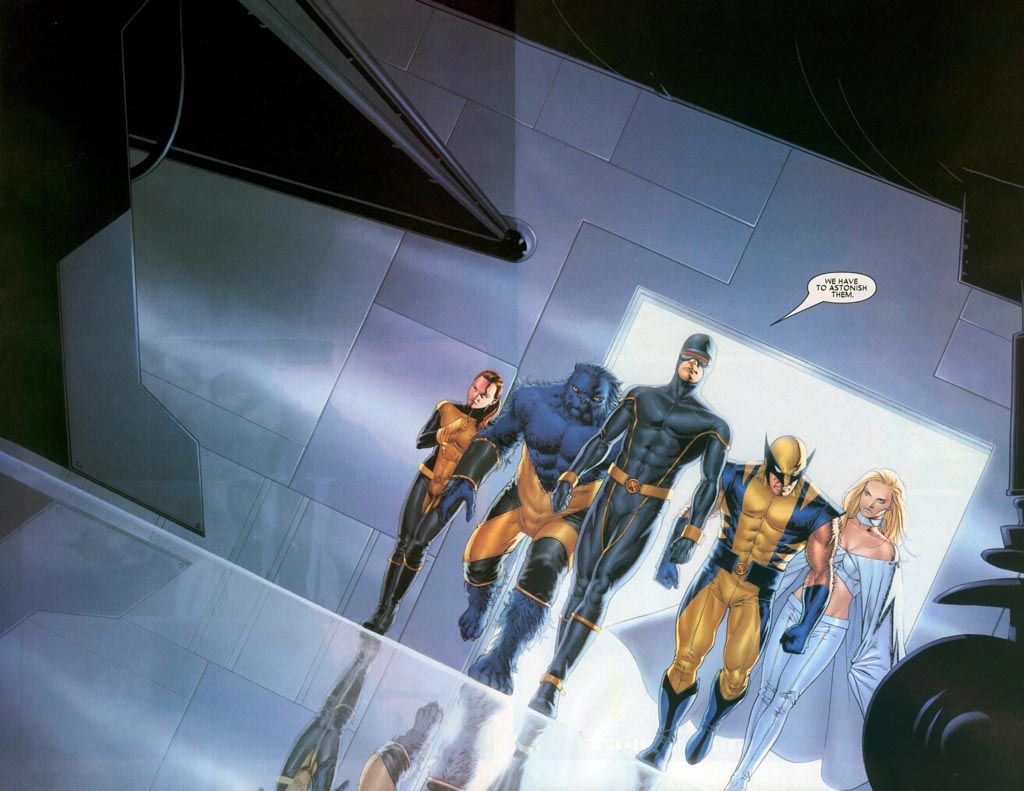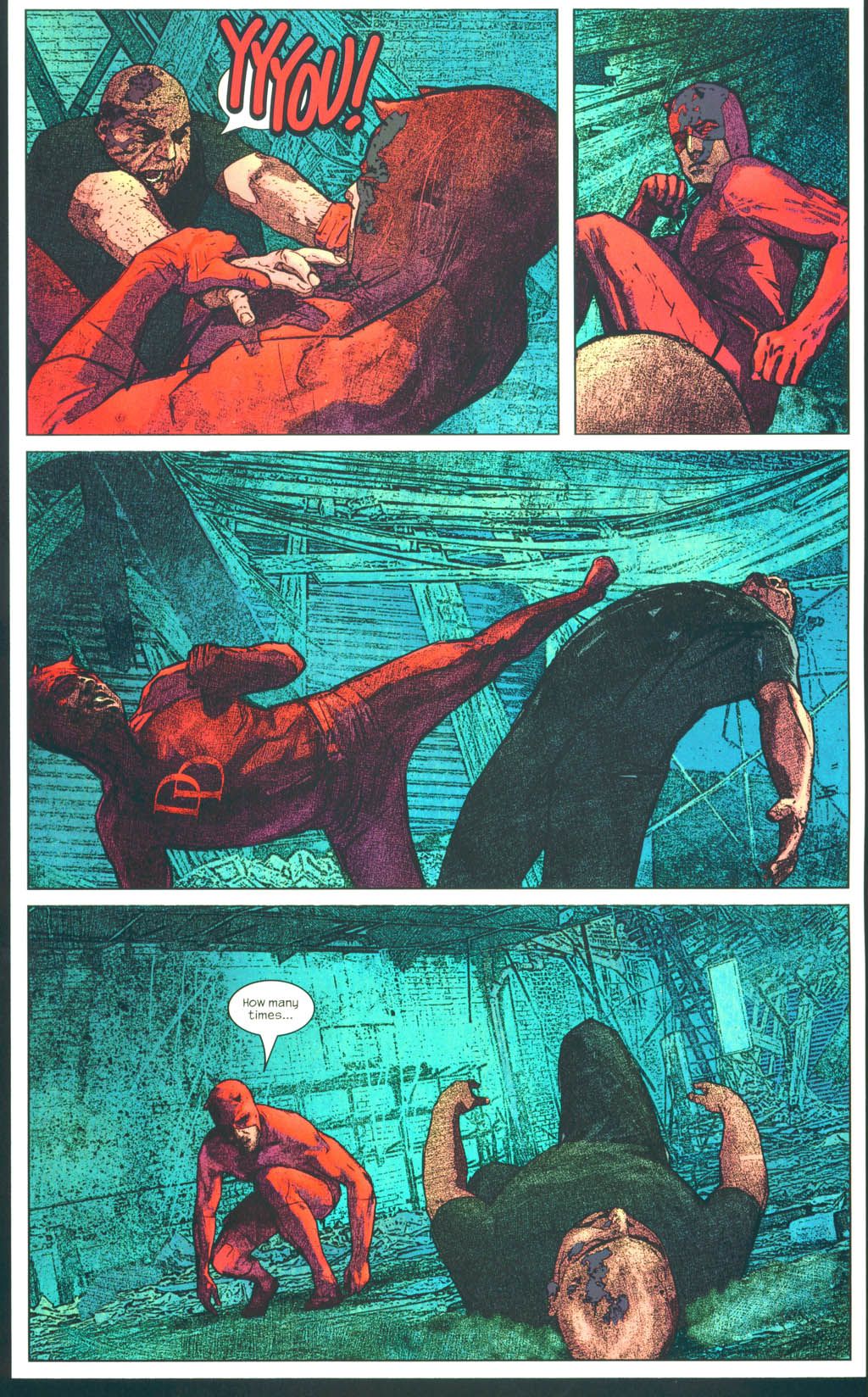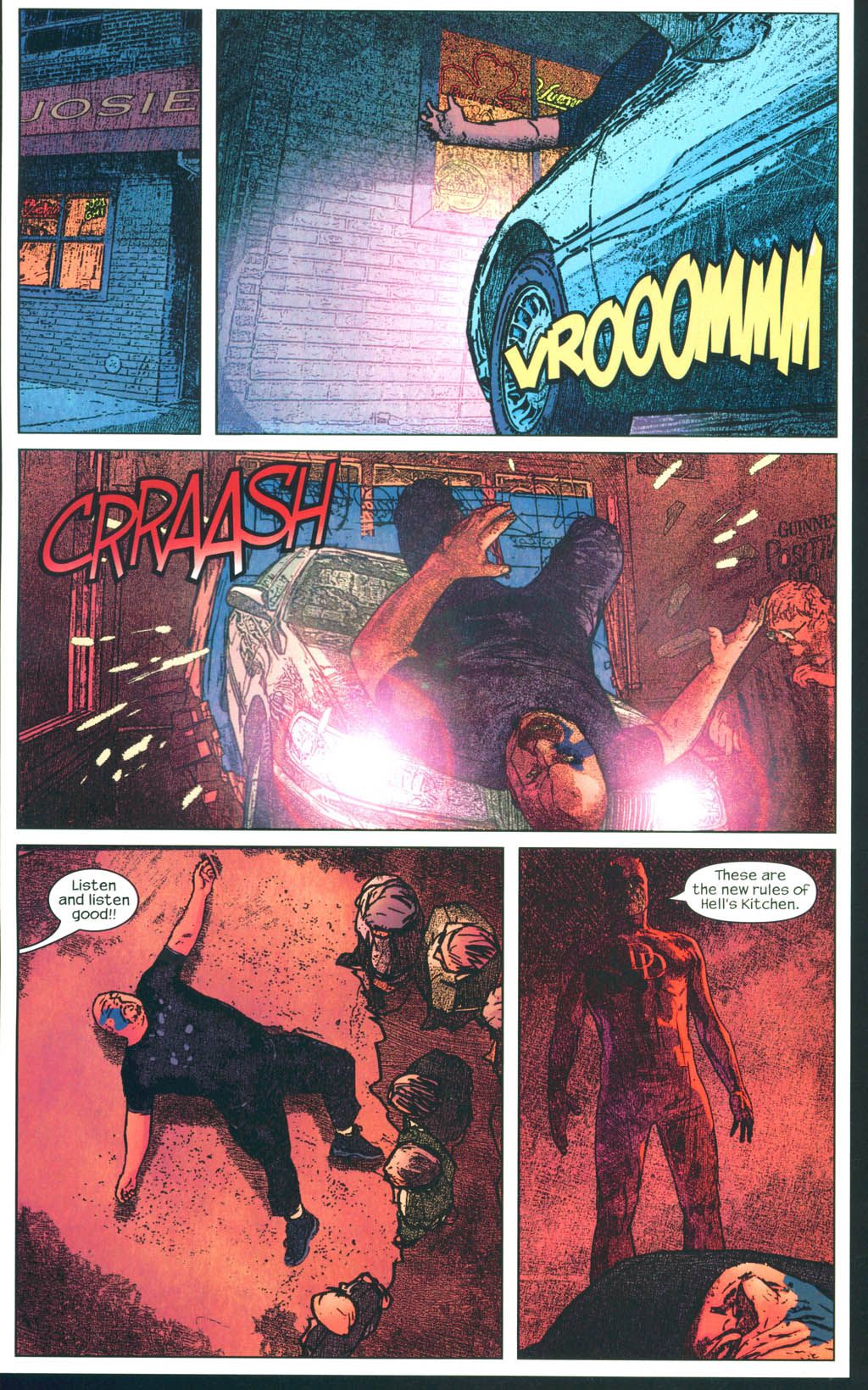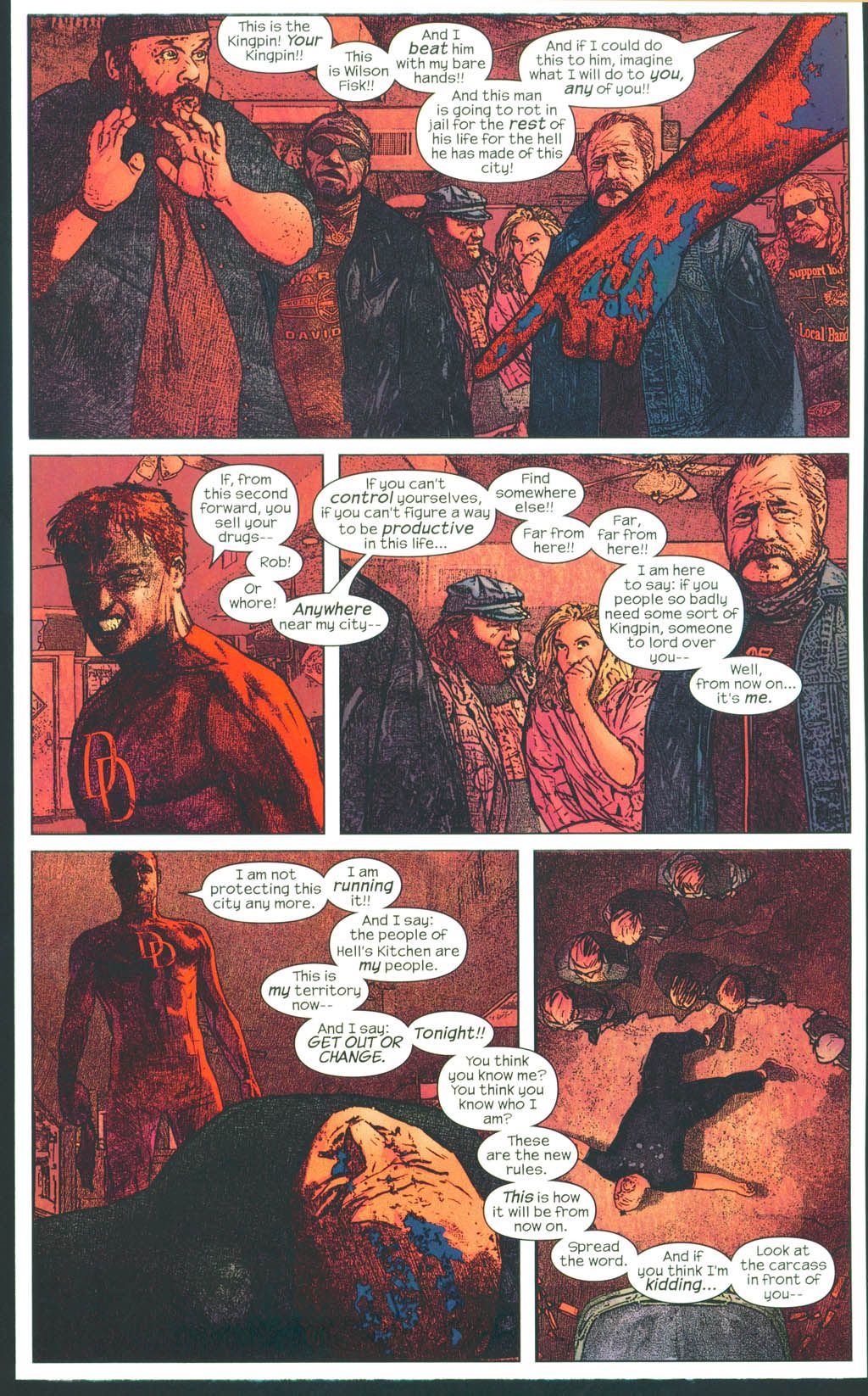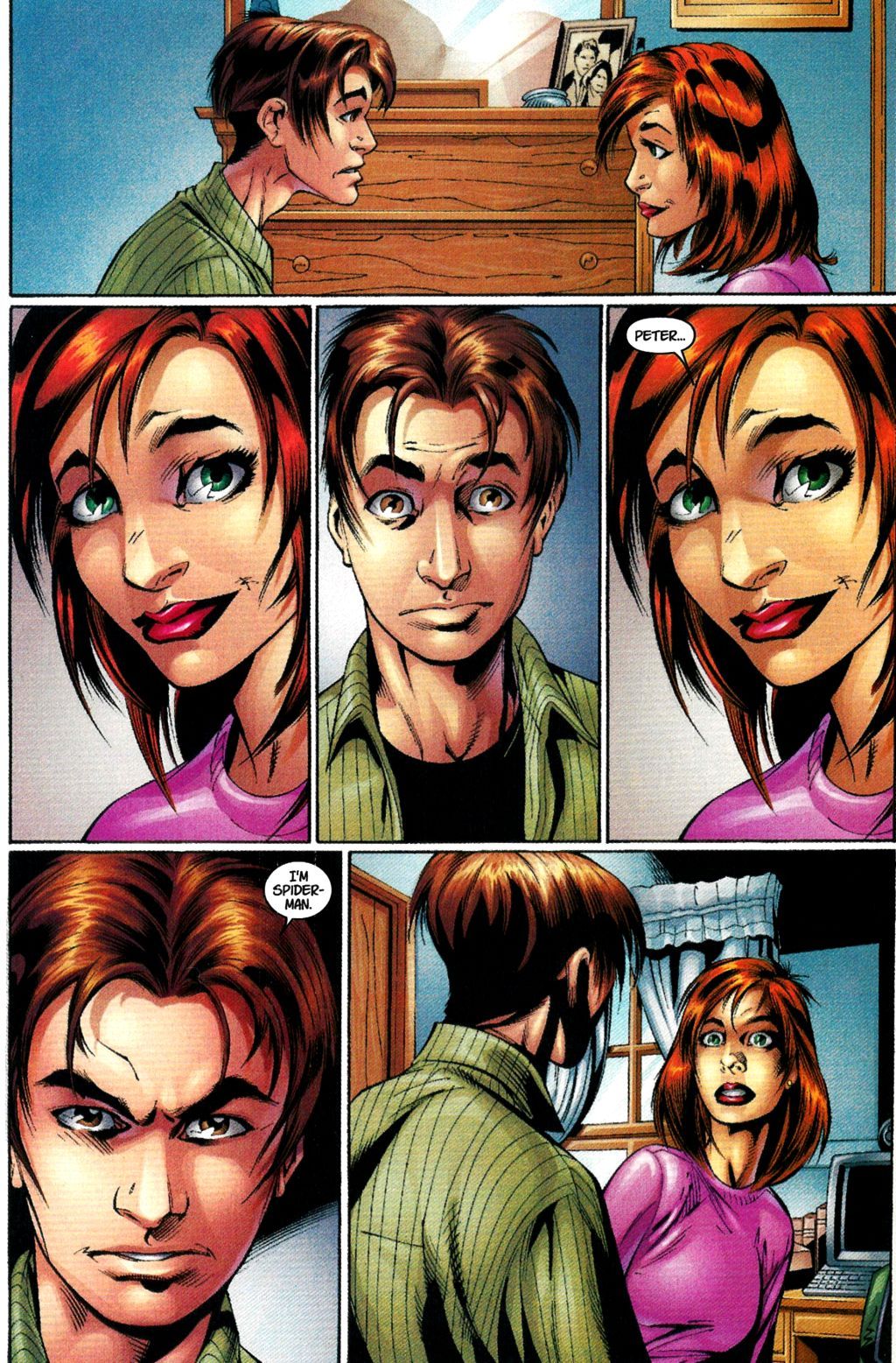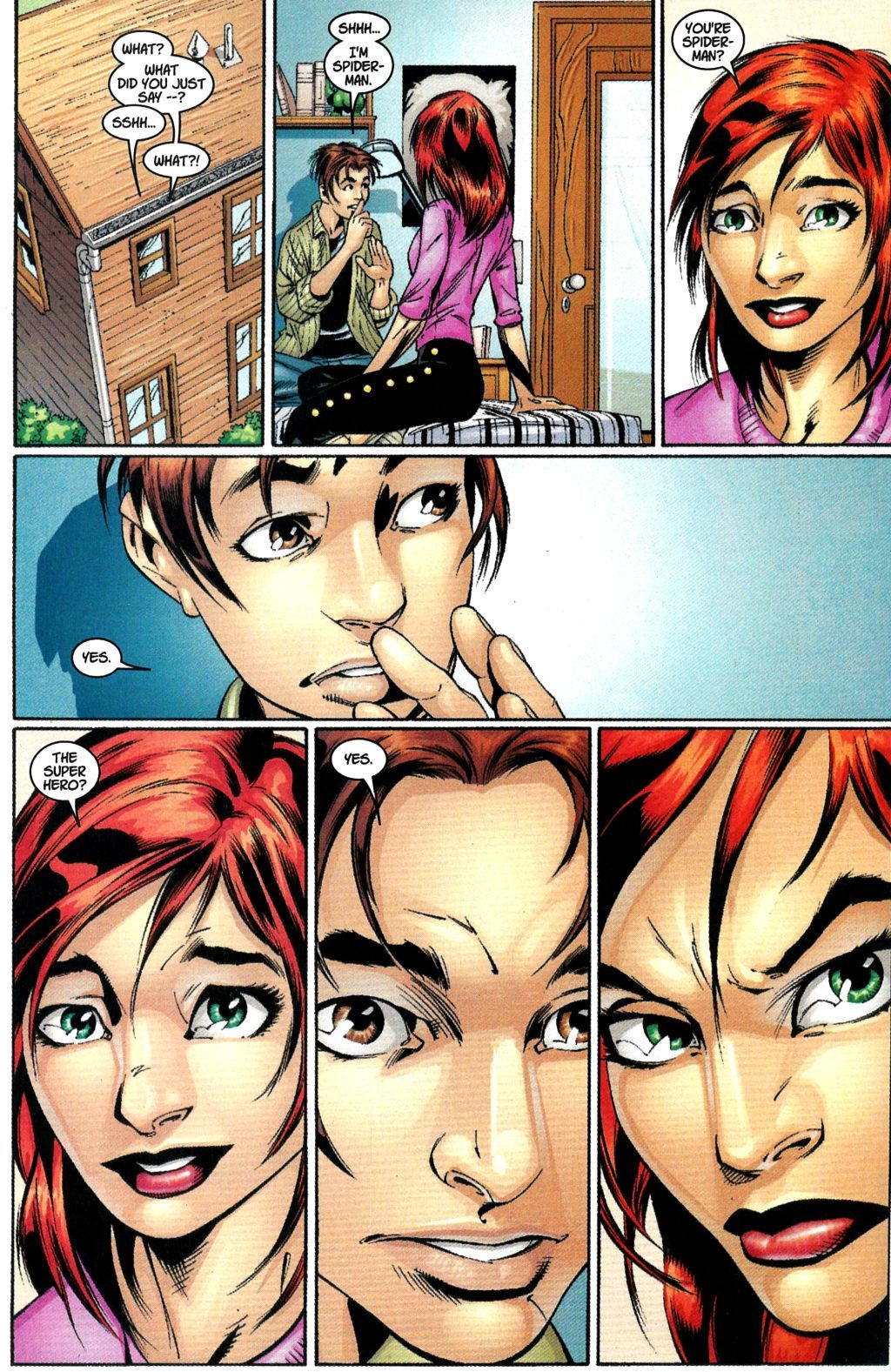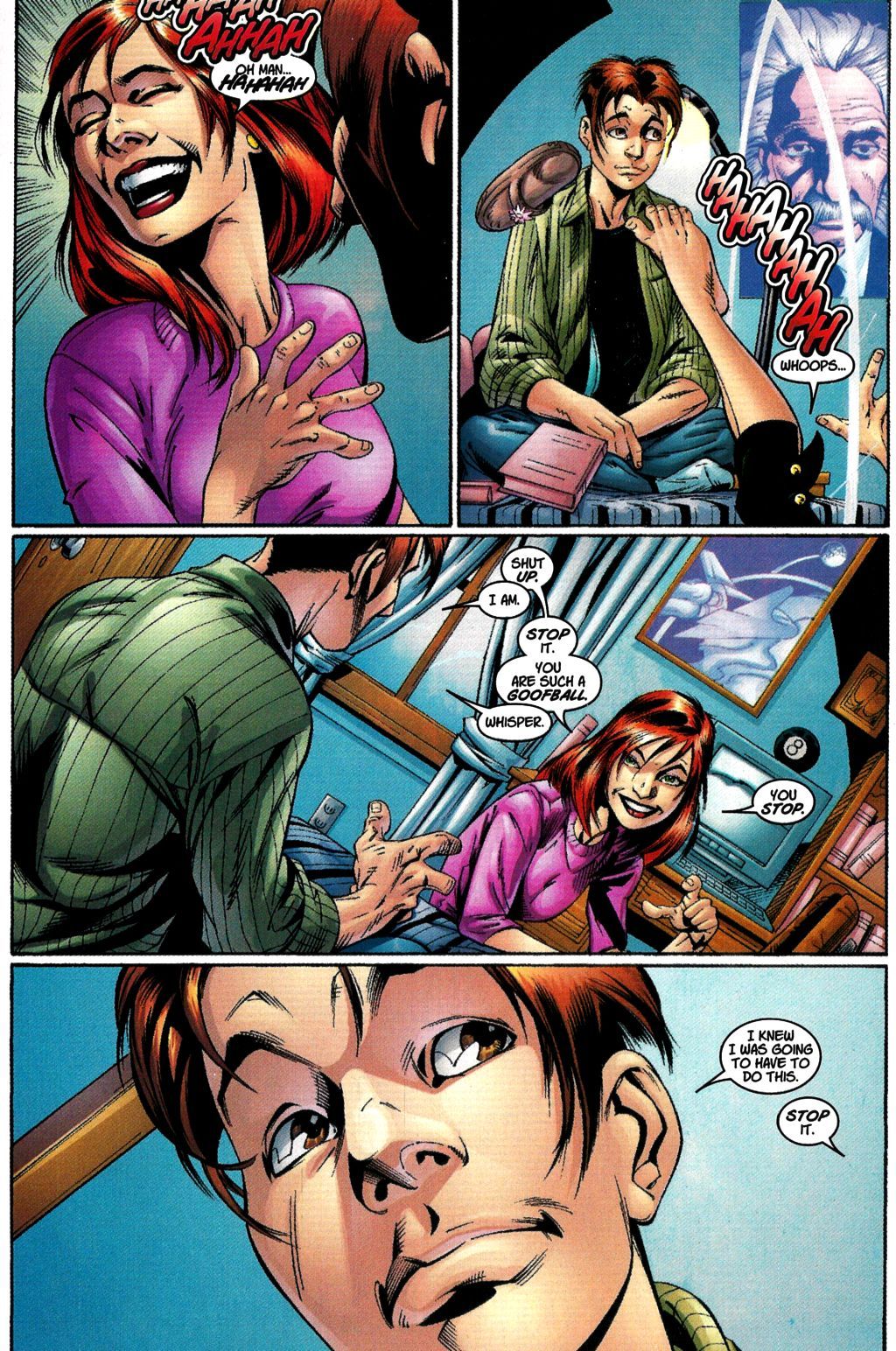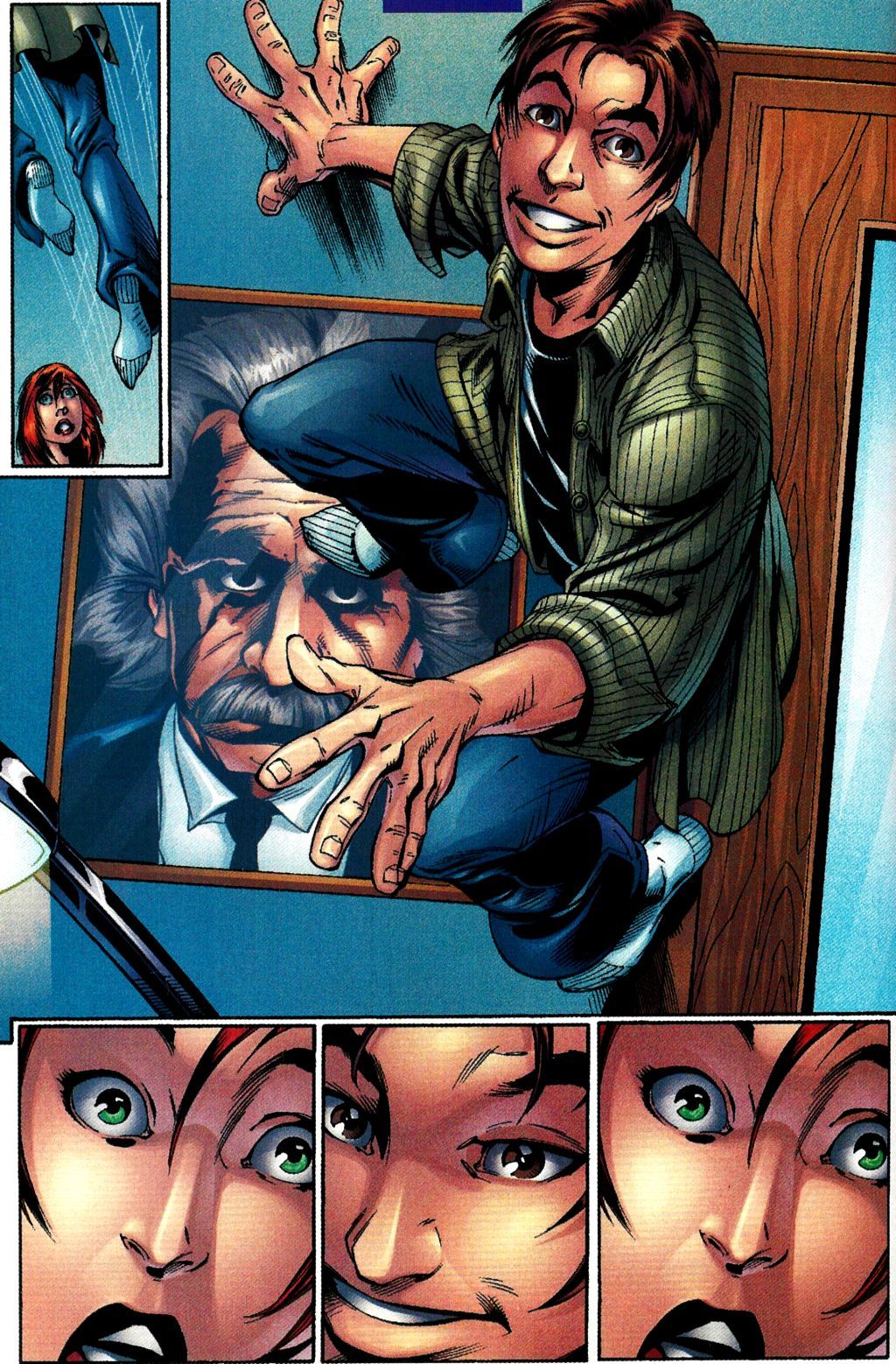You voted, and now, after over 1,000 ballots were cast, here are the results of your votes for your favorite comic book creator runs of all-time (this is the third time we've done this countdown. We're on an every four year schedule)!
To recap, you all sent in ballots ranking your favorite runs from #1 (10 points) to #10 (1 point). I added up all of the points and here we are! You can check out the previous installments in the countdown here.
30. Paul Levitz, Keith Giffen and Larry Mahlstedt's "Legion of Super-Heroes" - 414 points (10 first place votes)
"Legion of Super-Heroes" #281-313, "Legion of Super-Heroes" #1-5
Paul Levitz had already had a short, but well-liked, run on the "Legion of Super-Heroes" during the 1970s, so when he returned to the book in 1981, readers had reason to be excited, but after a short run with Pat Broderick, Keith Giffen joined Levitz, and when the got together, they clicked in a way no one could imagine – and soon, the Legion was probably DC’s second biggest title, next to the New Teen Titans (Giffen joined the book with #285 and Larry Mahlstedt joined with #290).
It was not long on the book before Levitz and Giffen began the epic storyline that became their most notable work, the Great Darkness Saga, which introduced Jack Kirby’s Darkseid as a villain of the Legion, in a brilliantly moody action adventure story that saw the Legion involved in a battle greater than any they had seen before (or at least more visceral).
Check out the amazing reveal that Darkseid is the villain (right after Brainiac realizes that Darkseid has turned the entire population of Daxam against the Legion)…
What a stunning reveal.
Giffen’s artwork handled both action scenes and character moments with equal greatness, and Levitz was sure to give him a lot of both, keeping the book extremely grounded in humanity, while also keeping the action at a breakneck measure.
Giffen and his inker, Larry Mahlstedt (who also did finishes over Giffen’s layouts on a number of issues), were also quite good at depicting the future as a Kirby-esque place of bizarre devices and places.
After the Great Darkness Saga, and a few character pieces, they had the landmark 300th issue, after which Giffen began to experiment with his artwork while, at the same time, he began to have more of an influence in the writing department.
Levitz, Giffen and Mahlstedt launched a brand-new Legion series together, a brutal storyline that left one Legionnaire dead, and Giffen departing the book.
Levitz continued his run with artists Steve Lightle and Greg LaRocque, until eventually Giffen returned for the conclusion of the new volume of the Legion, at which point Levitz basically retired from writing to concentrate on his executive position at DC (decades later, Levitz returned to writing the Legion before and after the New 52).
29. Rick Remender's "Uncanny X-Force" - 416 points (4 first place votes)
"Uncanny X-Force" #1-35
Rick Remender’s Uncanny X-Force run was drawn by a LOT of different artists, with Jerome Opena being the initial artist on the book but the book shipped so frequently that there were a bunch of fill-in artists.
The book revolved under an interesting concept. Wolverine and Psylocke put together a secret black ops team with Fantomex, Deadpool and Archangel joining them. That conceit is not all that interesting, but what IS interesting is how Remender opened the book with them being a secret death squad and then had the rest of their entire series basically be about the ramifications of their actions.
The opening arc, with art by the brilliant Opena, involved the group trying to hunt down and kill a reincarnated Apocalypse while he is still a boy. Eventually, though, Psylocke decided that such actions wee wrong, leading to a conflict with her teammates, before Fantomex finished the conversation with some finality...
Fantomex then clones Apocalypse himself and raises the clone in a virtual reality scenario similar to Superman's Smallville upbringing, driven by guilt to see if his actions were correct.
Remender did an especially nice job with taking cool, under-utilized characters and, well, utilizing them. Fantomex, for instance. Also, Jason Aaron’s revamped Deathlok. In the epic "Dark Angel Saga," (where Archangel was forced to take over for Apocalypse in the wake of the death of the clone of Apocalypse) Remender brought the Age of Apocalypse characters back into play and one of the AoA characters joined the team.
The book was also notable in how heartfelt so much of it is. Remender can really tug at the heartstrings when he wants to, which is weird in such an action-filled series.
28. Peter David's second "X-Factor" run - 418 points (6 first place votes)
"Madrox" #1-5, "X-Factor" (Vol. 3) #1-50, #200-262
Peter David proved Thomas Wolfe wrong when he returned to X-Factor over a decade after he initially left the series. In an acclaimed mini-series starring Jamie Madrox, David re-envisioned the Multiple Man as a private detective. In addition, a new twist to his powers was introduced, which was that each of his duplicates now had their own personalities. At the time, the mini-series (which was quite good) seemed like it was designed to spin into a possible ongoing series, but I know I certainly didn’t think anything would ACTUALLY come of it (although I hoped it would). Well, I was wrong as the series actually spun off a brand-new "X-Factor" series, starring Madrox as the head of X-Factor Investigations, including a few of his former teammates from David’s first X-Factor team (Strong Guy and Wolfsbane) as well as peripheral mutant characters Siryn, M and Rictor. Also, spinning out of House of M, David added Layla Miller to the team. Miller, whose power is that she “knows stuff.”
This new series was an almost indescribable mixture between a detective series, an X-team and a dark comedy, with a good deal of relationship-based intrigue mixed in, as well.
As time went by, former X-Force member Shatterstar also joined the team and David made explicit the implied relationship between Shatterstar and Rictor. Former X-Man Longshot also joined the team and Layla was aged so that she and Madrox could become love interests. In many ways, David’s X-Factor was the mutant version of stone soup. David would make a delicious meal out of whichever mutants weren’t in use in other titles. The problem with that is that David would constantly have to write around characters being taken from him for other books, like Wolfsbane for "X-Force" and Havok for "Uncanny Avengers."
From a “point one” issue, we see Madrox explain X-Factor to a young mother who lives in Madrox’s childhood home…
The series saw a LOT of different artists over the years, with Paolo Raimondi, Leonard Kirk and Valentine De Landro (who drew the sample pages) being the main trio of artists. De Landro drew the most issues total.
27. Jonathan Hickman's "Avengers" - 419 points (5 first place votes)
"Avengers" #1-44, "New Avengers" #1-33, "Infinity" #1-6...and probably "Secret Wars" #1-9
When he began his "Fantastic Four" run, Jonathan Hickman only had one title to work with, but by the end of it, he showed how brilliant he was at balancing multiple titles in pursuit of the same basic narrative goal. So he then took that approach to begin his "Avengers" run, as he wrote two main "Avengers" titles, "Avengers" (starring the main, expanded team) and "New Avengers" (starring the Illuminati).
Both books balanced each other out as they ultimately led to the mega-epic story that Hickman was headed to the entire time, which was a dissolution of the Marvel Universe itself, which was resolved in his crossover event "Secret Wars" (since "Secret Wars" follows directly from Hickman's "Avengers," I think we have to count it as part of this run).
Before that point, though, Hickman first had the Avengers establish themselves as intergalactic bad asses, as they found themselves set against the powerful aliens known as the Builders. This led to a crossover event called "Infinity," where the Avengers headed into outer space to head the Builders off before they found their way to Earth (as it was clear that they were on a path for the Earth).
After some significant battles showed how tough the Builders were, the Avengers parlayed with them, sending Thor to talk things over unarmed...or did they?
That Jerome Opena sequence of pages from "Infinity" #4 were so amazing that I had to go over my self-imposed page limit for each of these entries. While the Avengers were in outer space, however, Thanos attacked Earth and the Inhumans, leading to Black Bolt making a fateful decision to expose the world to the Terrigen Mists, which has led to the proliferation of Inhumans on Earth and a major conflict with the Inhumans ans the X-Men.
"New Avengers" had introduced the concept of other universes threatening to collide with ours and Hickman offered up the intriguing question of whether it was fair to destroy another Earth if it meant saving our own. When the heroes could no longer be sure that they could make that decision, a group of villains were formed to decide that for themselves.
This eventually led into the supremely complex and yet supremely entertaining epic storyline "Time Runs Out," which showed all the various balls that Hickman was juggling during this epic run.
Hickman was joined by a series of artists on his run, far too many to mention them all. Some notable ones were Jerome Opena, Dustin Weaver, Stefano Caselli, Steve Epting, Mike Deodato and Kev Walker.
26. Brian K. Vaughan and Fiona Staples' "Saga" - 521 points (10 first place votes)
"Saga" #1-40 (ongoing)
I often say about "Saga" that you can pretty much tell if this is the book for you or not just by reading the first four pages of the first issue. Now, don't get me wrong, you can probably say that for a LOT of works, but I think it holds particularly true with Saga, as we are quickly introduced to the style of Fiona Staples, the narrative approach by Brian K. Vaughan and the basic idea that we have star-crossed lovers on the run and they just had a kid...
At its most basic level, "Saga" is about two people from warring worlds who fell in love and had a kid together and now must stay on the run ahead of the various forces sent to find them, but such a description pales to describe the vast collection of characters who really populate this title. Alana and Marko don't even need to be in any given issue for the story to still work really well, as Staples and Vaughan have populated this comic book universe with a wide assortment of fascinating protagonists and antagonists (and sometimes the protagonists become the antagonists and vice versa) that are trying to track down Alana and Marko for various purposes.
Prince Robot IV (of a planet of robots), The Will and the Brand (brother and sister bounty hunters), Gwendolyn (a former fiancee of Marko) and the tabloid journalists Upsher and Doff are just the most prominent of the intriguing (and well-designed) characters who star in this series.
The series has more twists and turns than a roller coaster ride, and alliances change and evolve from arc to arc. It's a truly wonderful comic book work and I suspect it will only rise on this list with the more issues that are released.
25. Keith Giffen and J.M. DeMatteis' "Justice League International" - 525 points (8 first place votes)
"Justice League" #1-6, "Justice League International" #7-25, "Justice League America" #26-60, "Justice League Europe" #1-8, "Justice League Quarterly" #1 plus some Annuals.
When life gives you lemons, make lemonade.
When DC gives you a "Justice League" book, but won’t let you use almost any of the most popular heroes, you make due with the heroes you WERE allowed to use, and write them to the best of your ability.
That is what Keith Giffen and J.M. DeMatteis did with their run on "Justice League," and the end result was one of DC’s biggest hits of the late 1980s. Originally intended to be an “All-Star cast,” due to various reboots and such, the only MAJOR hero available was Batman, although Captain Marvel was there in the beginning (and lasted one story before HE was taken away – Black Canary lasted about a year before SHE was taken away). The other heroes who were made available were low-level characters with their own titles that didn’t sell a bunch (Blue Beetle, Booster Gold and Captain Atom), Mister Miracle (who hadn’t appeared regularly in about a decade at the time), one fairly notable League member (Martian Manhunter) and a pretty popular Green Lantern, Guy Gardner, from Steve Englehart’s popular "Green Lantern Corps" title.
Without the major heroes, Giffen and DeMatteis instead attempted to really develop the personalities of the heroes they WERE given, particularly once Beetle and Booster’s series were each canceled, giving them free reign with how to write them. They also spotlighted the League liaison, Maxwell Lord, who formed the team for fairly nefarious reasons but soon turned out to be a good guy. Later on, due to a lack of female characters on the team (and notable female heroes available period) when Canary was taken from them, Giffen and DeMatteis added two obscure members of the Global Guardians who soon became stalwart members of the team, Fire and Ice.
The book is most known for the humor of the title, which was a major aspect of the book – it really was a situation comedy.
Here is the first usage of “Bwah Ha Ha” that shows what the comedy of the book was like…
Helping the writers in this journey was was Kevin Maguire, whose ability to depict facial expressions was extremely key to the early issues of the series, and Ty Templeton, while using a more cartoonish style, was an able successor. Adam Hughes was the next regular artist, in one of his first, and most likely LAST monthly ongoing series.
24. Warren Ellis and John Cassaday's "Planetary" - 535 points (6 first place votes)
"Planetary" #1-27, plus a few crossover one-shots, most notably "Batman/Planetary"
“Archaeologists of the Impossible” is the tagline for "Planetary," and that’s as good of an explanation as anything else, as Warren Ellis and book co-creator, artist John Cassaday, developed a fascinating look at popular culture with that title that really is a bit of cultural archaeology.
The concept of the book was that there is an organization called Planetary, which employs agents to track the secret history of the world, partly for curiosity’s sake, but partly to see if there’s anything that could be learned to help mankind. The book began with the mysterious Elijah Snow joining two other field agents, Jakita Wagner and The Drummer.
From then on, while there was an overarching storyline that deals with the villainous Four, the book mostly takes each issue to examine a notable popular culture character, like Zorro or Doc Savage or the Lone Ranger of the Fantastic Four or Nick Fury, and so forth. Through these characters (almost all analogues of the originals), Ellis examined the underpinnings of the very genre of superhero comics – notably, what is BEHIND superhero comics? What makes them tick? Stuff like that.
Here’s their take on the Hulk…
It’s quite engrossing, and Ellis was extremely lucky to have John Cassaday with him doing it all. John Cassaday was a good artist before "Planetary" began, but it was during his work on "Planetary" that he became a GREAT artist. The amount of different characters he had to create/emulate is amazing, and yet each issue was like a mini-epic, with beautiful design work and excellent character work, as well.
The series suffered a few major delays over the years, but it was well worth it!
23. Joss Whedon and John Cassaday's "Astonishing X-Men" - 570 points (7 first place votes)
"Astonishing X-Men" #1-24, "Giant-Size Astonishing X-Men" #1
When Grant Morrison left "New X-Men," Marvel had some big shoes to fill,. Luckily, Joss Whedon, popular writer and creator of the TV series "Buffy the Vampire Slayer" and "Angel" (plus "Firefly"), was a big "X-Men" fan, so he accepted the task of following Grant Morrison’s run, and Marvel gave him his own title to do so, pairing him with acclaimed artist, John Cassaday.
Whedon’s first task was to introduce the idea that the X-Men felt that they needed to be more public as superheroes, so Cyclops insisted that Kitty Pryde, one of the best public faces of the X-Men, join the main team (made up of Cyclops, Wolverine, Beast and Emma Frost).
Their debut as superheroes with costumes again was really well handled...
Whedon’s first storyline dealt with a “cure” for the mutant gene being developed, and how such a cure would effect mutants all over. This turned out to be some plot involving some bad aliens, and it all tied to the return of…Colossus!!
See, the Russian mutant, long thought dead (or, rather, fairly recently thought dead) was not actually dead, he was caught up in some big alien conspiracy. Colossus and Kitty had a tearful reunion.
The next storyline involved the Danger Room coming to life and fighting the X-Men. This storyline involved Professor X, as well.
Next, Whedon and Cassaday began a really long storyline that resolved the big alien conspiracy.
Whedon’s sense of humor and his good ear for dialogue made the book a great place to look for nice character interactions. Cassaday’s artwork, meanwhile, was good for both character work AND for action scenes, making the book a visual delight.
22. Brian Michael Bendis and Alex Maleev's "Daredevil" - 585 points (8 first place votes)
"Daredevil" #26-50, 56-81 (Maleev did not draw #38-40)
What is most remarkable to me about the run that Brian Michael Bendis and Alex Maleev did on "Daredevil" is how tightly plotted the fifty or so issue story was by Bendis. A lot of his works seem to be a little open-ended, but his run on "Daredevil" was quite focused. Of course, as good as the story was, the artwork by Alex Maleev was possibly even better, as Maleev made the perfect marriage between the artwork of Frank Milller that made "Daredevil" such a major work in the 1980s and the more noir elements that Bendis wanted to use with the book, as "Daredevil" under Bendis was very much a crime comic.
In his first storyline, Bendis dealt with an upstart gangster trying to take over the Kingpin’s racket. This led to a violent encounter with the Kingpin’s estranged wife, Vanessa, as well as Daredevil’s secret identity being revealed. This was a major plot point throughout Bendis’ run, as he showed how Matt Murdock dealt with everyone knowing that he was Daredevil.
During this time, Bendis introduced Milla Donovan, a blind woman who eventually became Matt’s wife.
Another major storyline was when the Owl attempted to take over the Kingpin’s (now vacant) racket, but the Kingpin returns to try to take it himself – this leads to Matt making a dramatic decision about who exactly will run his neighborhood of Hell’s Kitchen.
Hell’s Kitchen was a character itself during Bendis’ run, and Maleev depicted it beautifully.
After a time, Bendis made a revelation about Daredevil’s mental state that was mind-blowing, and really tied together the entire run, just in time for one final storyline that would set things up for the next run of Ed Brubaker and Michael Lark.
21. Brian Michael Bendis' "Ultimate Spider-Man" - 590 points (10 first place votes)
"Ultimate Spider-Man" #1-133 (plus a #1/2 issue), "Ultimate Comics Spider-Man" #1-15, "Ultimate Spider-Man" #150-160
then with Miles Morales, "Ultimate Comics Spider-Man" (Vol.2) #1–28, "Ultimate Spider-Man" #200 and "Miles Morales: Ultimate Spider-Man" #1–12
Ugh, this was so much easier last time, as when people wrote Bendis' "Ultimate Spider-Man," I knew what they meant. This time around, for all I know, when people said Bendis' "Ultimate Spider-Man," they meant his Miles Morales run. Some people specified Miles Morales' current series, and I didn't count those as votes for this run. However, if someone said just Bendis' "Ultimate Spider-Man" run, I included them all as one vote. So let's include Miles Morales' "Ultimate Spider-Man" run here.
While it seems like such an obvious idea now, when "Ultimate Spider-Man" came out, very few people gave it a chance, thinking it was just another revamp of Spider-Man for kids, which had been tried before, and flopped. So it was with some great surprise that "Ultimate Spider-Man" not only became a hit, but it was the highest selling "Spider-Man" title for quite awhile (until JMS took over "Amazing Spider-Man," I believe).
The key to the book was writer Brian Michael Bendis’ ability to depict the humanity of both Peter Parker and the characters around him, in this Spider-Man reboot that started over from scratch, and left Peter a perennial teenager.
One of the earliest major changes was the way that Bendis stretched out the origin of Spider-Man. By giving us more scenes with Uncle Ben, his death is that much more tragic.
Another major change in the comic was Mary Jane Watson. In the original series, it was almost three years before Mary Jane showed up – here, she not only shows up right away, but she is completely different from the MJ from the 60s, as this MJ is almost as brainy as Peter. In a landmark early issue of the series, Bendis has Peter reveal his identity to Mary Jane in an issue that is made up of pretty much just the two teens talking to each other in Peter’s room…
Throughout the series, Bendis introduced new versions of classic Spider-Man villains, as well as different versions of supporting characters, like Ben Urich, J. Jonah Jameson and Aunt May.
Aiding Bendis during his initial run was Mark Bagley, who already had had a substantial tenure as the artist on Amazing Spider-Man, so Bagley was only going to do the first story arc, almost as a favor – instead, he ended up doing 110 issues!! Not only did he do 110 issues, but that was with the book releasing about 18 issues a year, as opposed to the standard 12. The consistency that Bagley gave the title was also a great boon to the title.
A few years into the run, Bendis shook up the title by adding Kitty Pryde to the cast as Peter’s new girlfriend (as Peter feels his life is too dangerous for a normal girl like Mary Jane), which was a brilliant move by Bendis.
After Bagley left the title, Stuart Immonen drew the title until it ended with #133. At this point, the series relaunched as Ultimate Comics Spider-Man with artist David LaFuente. This new series was almost more of a team book, as Spider-Man’s teen friends (including superheroes Human Torch, Iceman and Kitty Pryde and his two best friends, Gwen Stacy and Mary Jane Watson) became just as important to the title as Peter Parker himself.
Eventually, Bagley returned to the title as Bendis brought the life of Peter Parker to a close with the tragic ending to the series, the Death of Spider-Man.
Bendis then introduced a new Spider-Man with Miles Morales, a young teenager who was bitten by another genetically enhanced spider like the one that bit Peter Parker. Because it was a different spider, Miles' has slightly different powers, including a powerful venom blast.
Working mostly with artists Sara Pichelli and David Marquez, Bendis managed to change the lead of his series and continue the same level of quality despite having an entirely different cast of characters! Eventually, during Marvel's "Secret Wars" even, the Ultimate Universe was destroyed and now Miles is part of the regular Marvel continuity in his own ongoing series by Bendis and Pichelli.

